

30 Best Science Experiments & Projects for High School
Welcome to our round-up of top science fair projects and science experiments tailored specifically for curious high school students.
Science fair is not just about the glitz and glamour of a first-place trophy; it’s about the passion, the inquiry, and the insatiable curiosity that drive every scientist, young and old. Hopefully, our curated list of the best hands-on science fair projects for high school students will ignite that curiosity in you.
Each project on this list offers a unique opportunity to dive deep into scientific inquiry and present findings with both clarity and flair.
Let’s dive in and make learning an unforgettable adventure!
1. Burn Calories
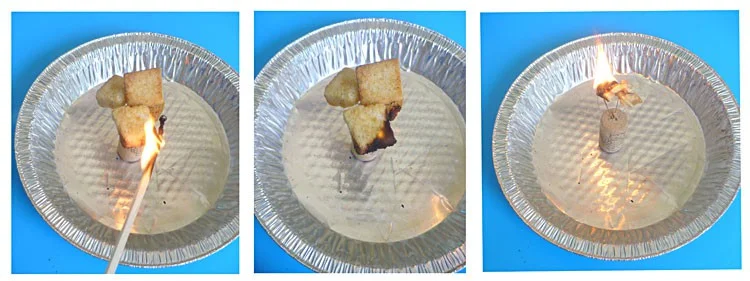
Don’t miss this opportunity to unravel the mysteries of energy transformation and uncover the scientific secrets hidden in the simplest of substances!
Learn more: Science Buddies
2. Extracting DNA from Strawberry
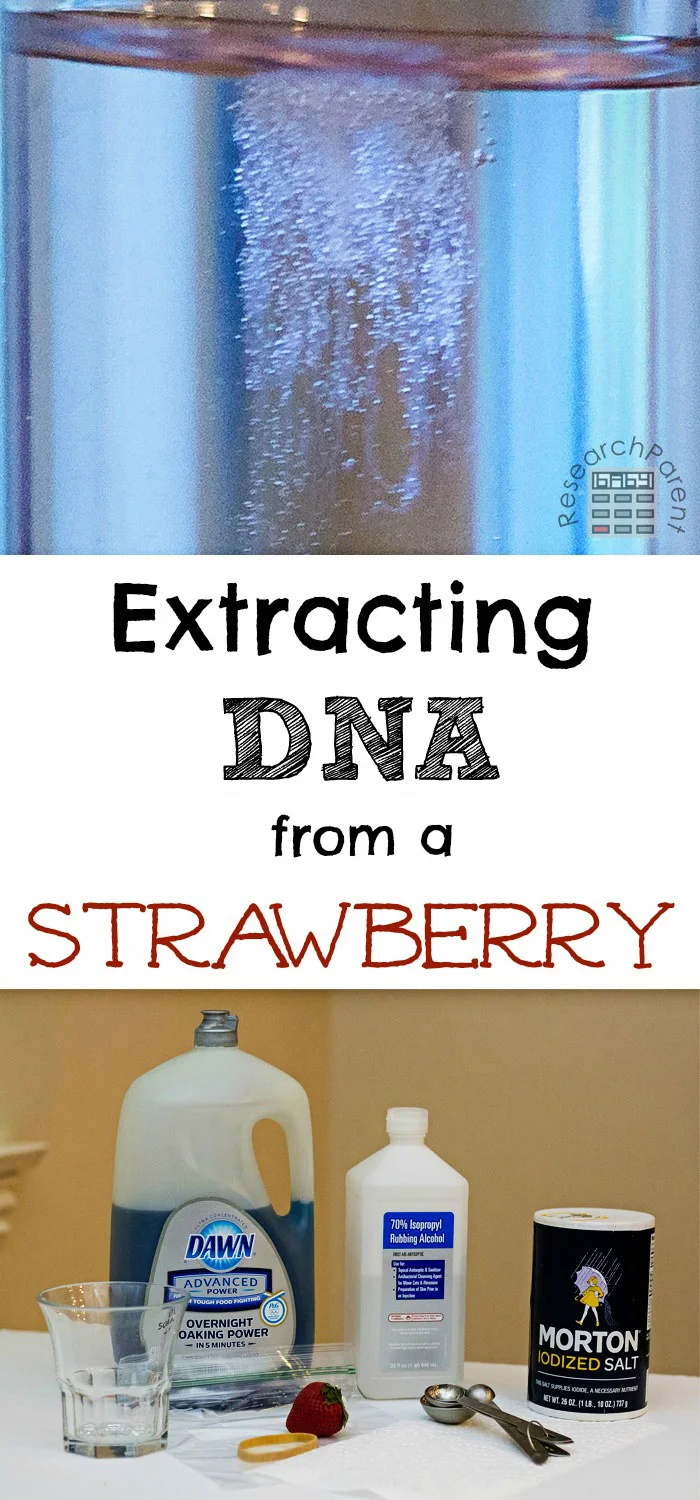
By following a series of simple yet insightful steps, students will witness the magical moment of DNA extraction, fostering a deeper appreciation for the fundamental building blocks of life.
Learn more: Extracting DNA from Strawberry
3. Build a Simple DIY Newton’s Cradle
As students assemble the materials and witness the rhythmic dance of swinging spheres, they will witness the scientific principles they’ve learned in the classroom come to life before their eyes.
4. Make a Monster Dry Ice Bubbles
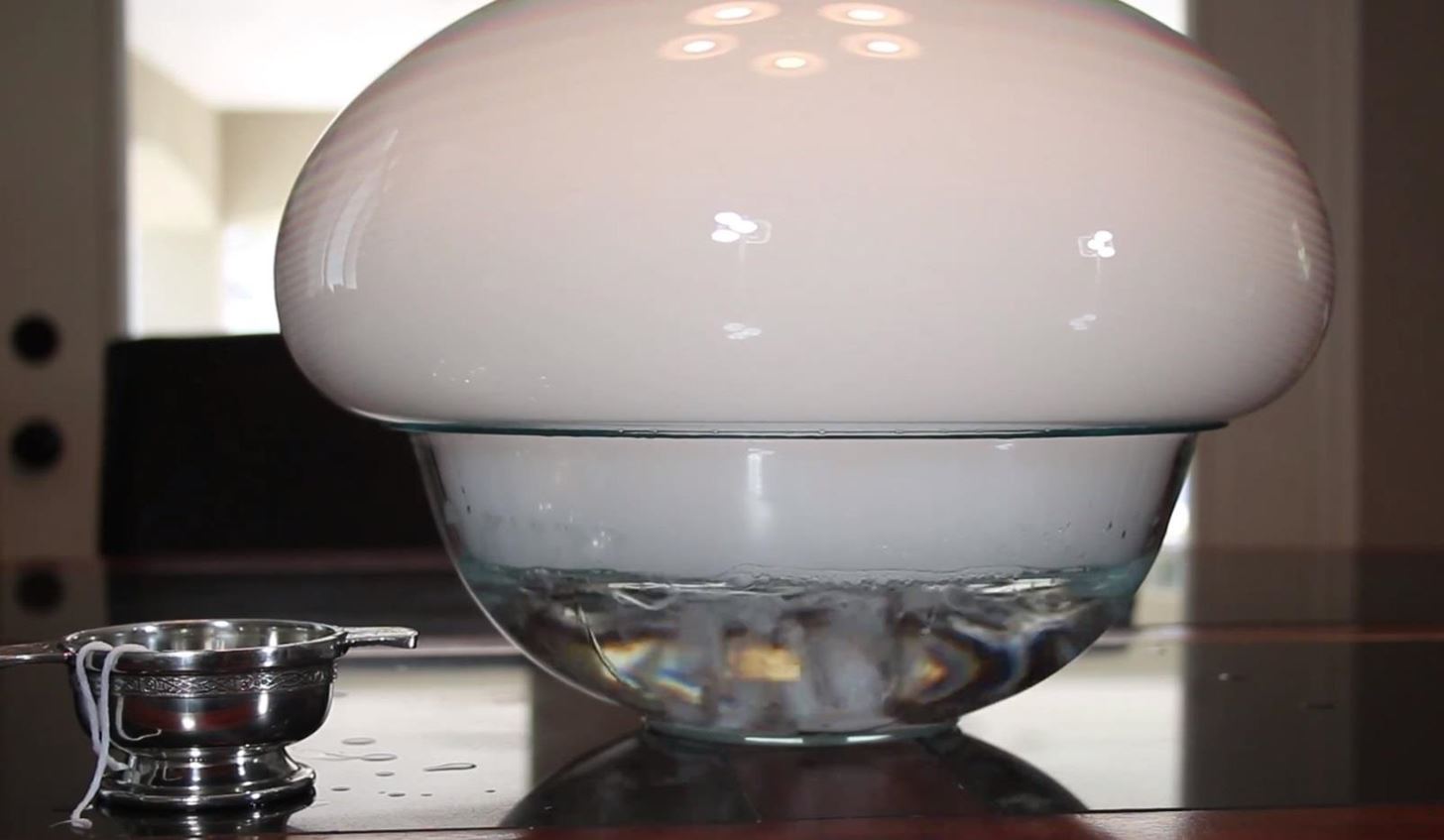
Unleash your inner mad scientist and learn how to make Monster Dry Ice Bubbles with this high school science experiment!
Get ready to be captivated as you create giant, spooky bubbles that dance and swirl with the mysterious power of dry ice.
Learn more: Wonder How To
5. Soil Erosion Experiment
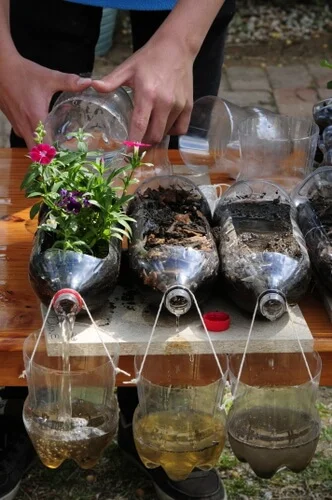
As stewards of our environment, it’s crucial to comprehend the impact of natural processes like soil erosion.
Through this experiment, students will gain a deeper appreciation for the significance of soil conservation and sustainable land management practices.
Learn more: Life is a Garden
6. Candle Carousel
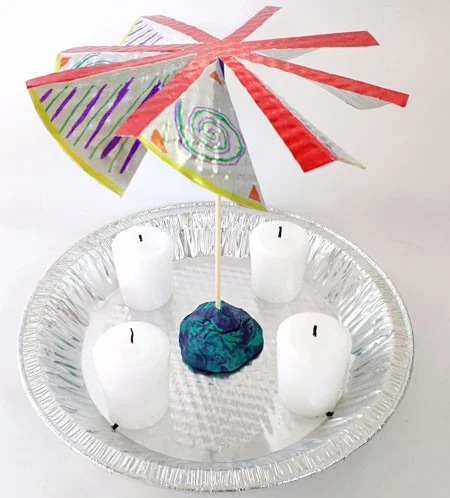
This experiment combines the wonders of physics with the art of crafting, making it an enriching experience that ignites curiosity and fosters a deeper appreciation for the elegant dance of energy in our world.
7. Find Out if Water Conducts Electricity
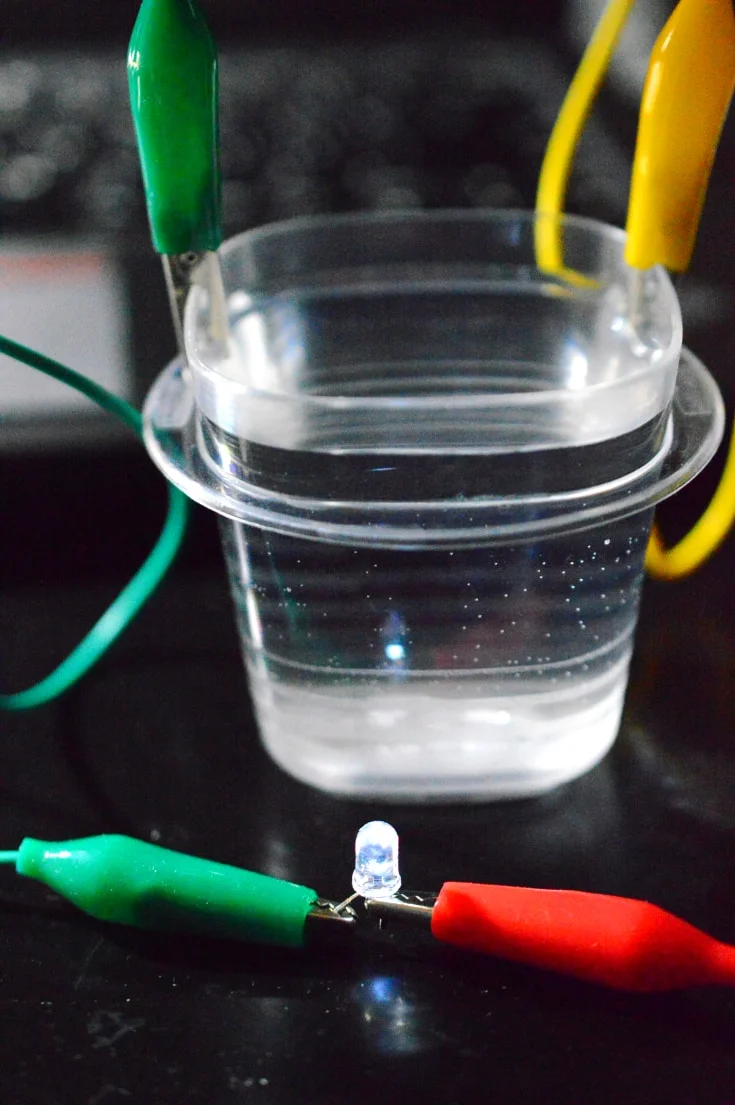
In this captivating activity, students will explore the conductive properties of water and unlock the secrets of how electrical currents flow through different substances.
Learn more: Rookie Parenting
8. Roller Coaster Stem Experiment
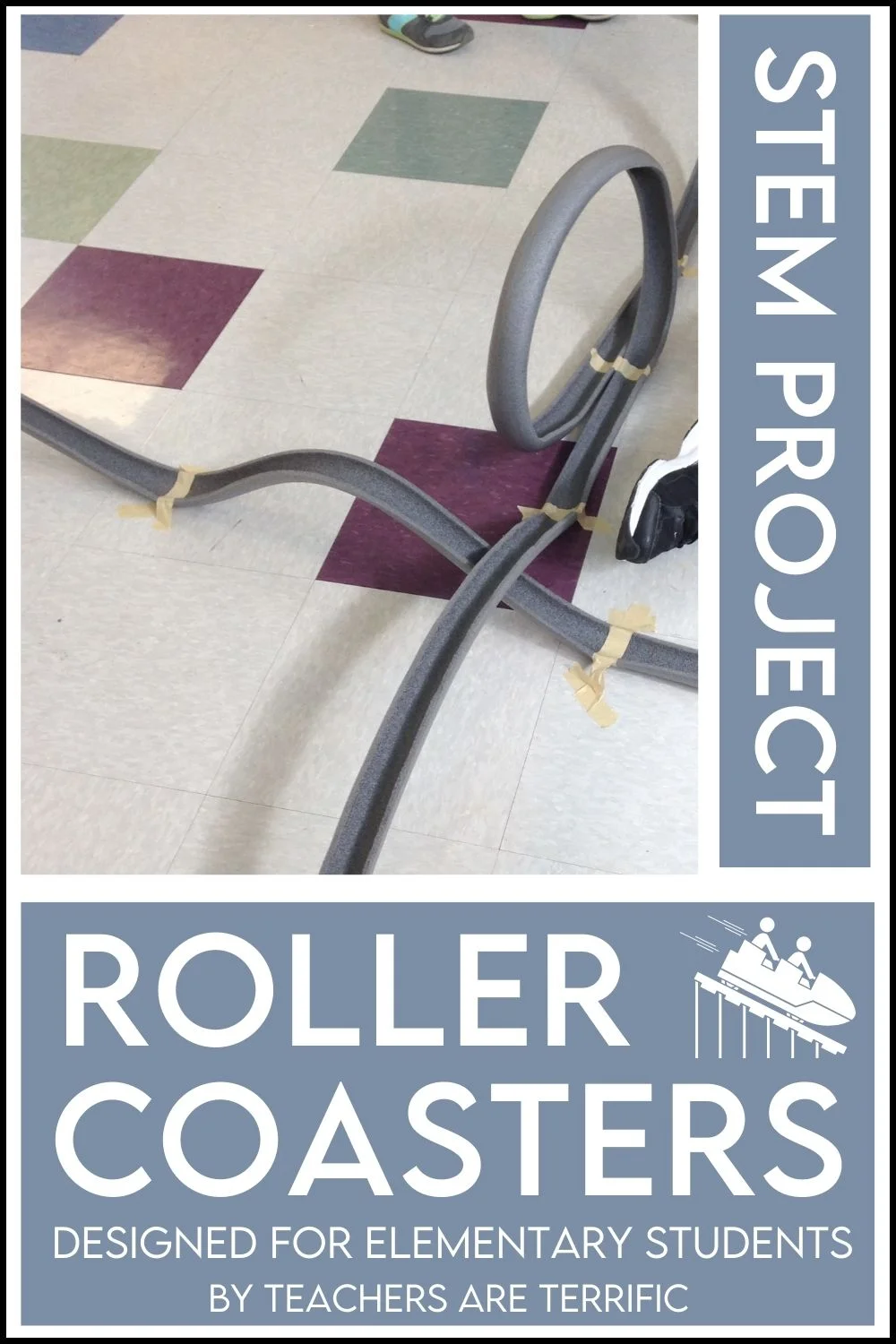
By experimenting with various designs and track configurations, students will refine their problem-solving skills and gain valuable insights into the practical applications of physics and engineering.
Learn more: STEM Project
9. Lemon Battery
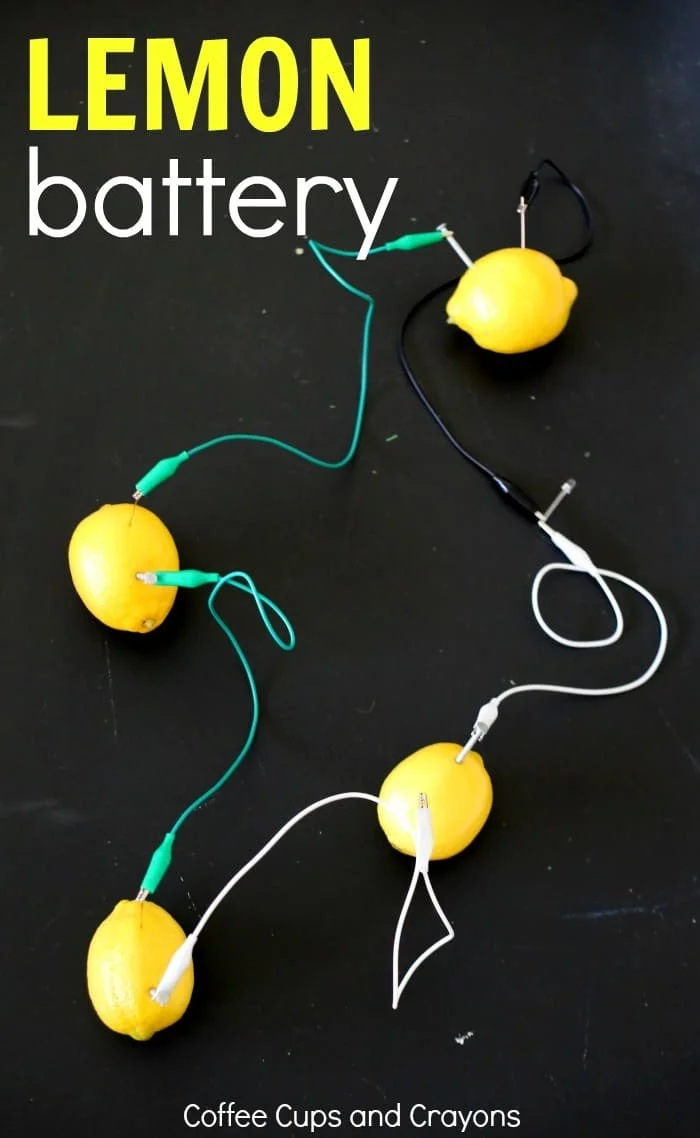
Engaging in this experiment not only teaches the basics of electrical circuits but also sparks curiosity about the natural world and the science behind it.
Learn more: Coffee Cups and Crayons
10. Watering Plants Using Different Liquids
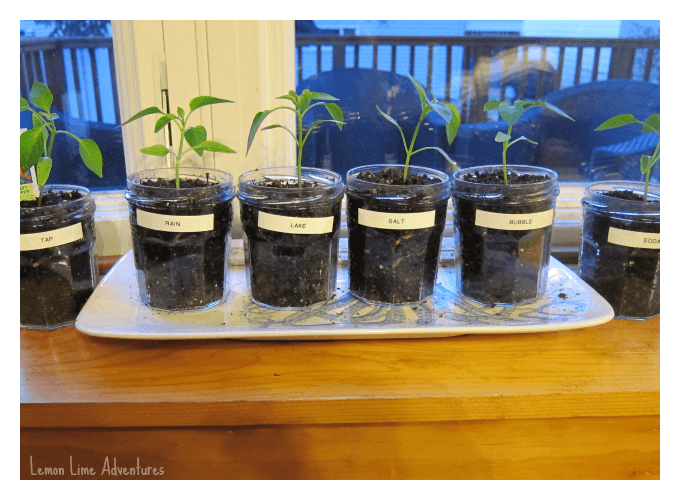
Discover the wonders of plant hydration with the intriguing high school science experiment – “Watering Plants Using Different Liquids.” In this captivating project, students explore how various liquids impact plant growth and health.
Learn more: Lemon Lime Adventures
11. Measure Electrolytes Found in Sports Drinks
By conducting a series of tests and analyses, students will quantify the electrolyte content present in various sports drinks.
12. Relight the Flame Without Directly Touching It
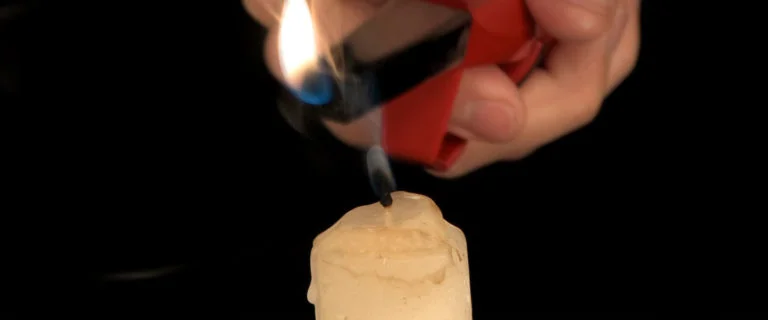
This captivating project challenges students to learn about the intriguing properties of heat transfer and combustion.
By exploring different methods to reignite a candle flame without physical contact, students will uncover the secrets of heat conduction, convection, and radiation.
Learn more: Stevespangler
13. Conduct Fingerprint Analysis
This captivating project immerses students in the intriguing world of crime scene investigations, where they will uncover the uniqueness of fingerprints and their role in forensic science.
14. Separate Water Into Hydrogen And Oxygen Using Electrolysis
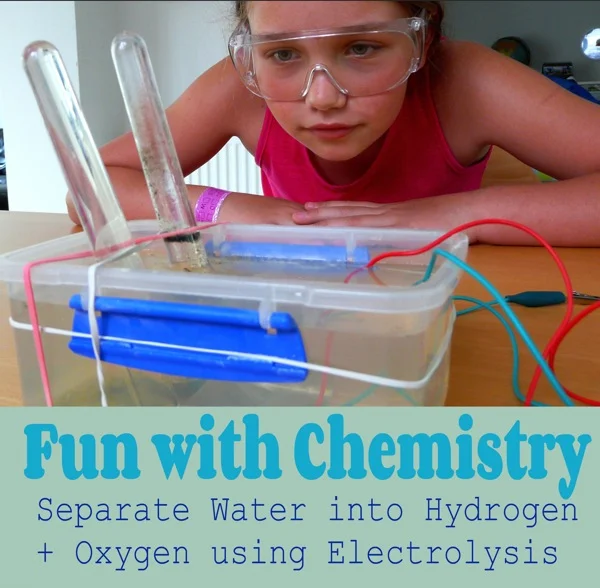
This electrifying project allows students to explore electrolysis and the decomposition of water into its elemental components.
Learn more: Navigating by Joy
15. Simple Color Detection Circuit
This experiment not only introduces fundamental concepts in electronics and circuitry but also opens up endless possibilities for real-life applications, from automated sorting systems to color-sensitive devices.
16. Carbon Sugar Snake
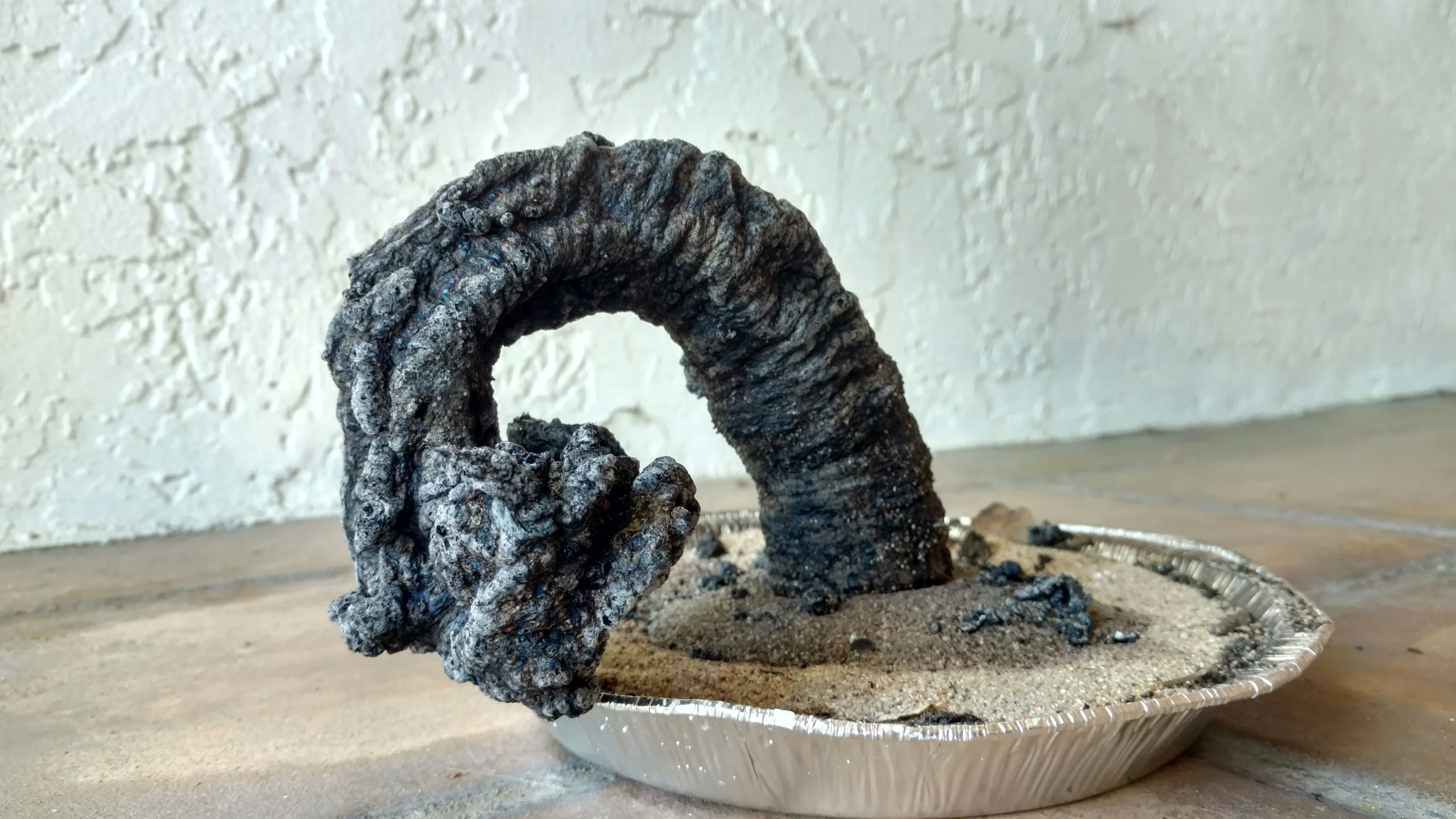
This enchanting project allows students to witness a dazzling display of science as they combine common household ingredients to create a dark, coiling “snake” made of carbon.
Learn more: Kiwi Co
17. Build a Hydraulic Elevator
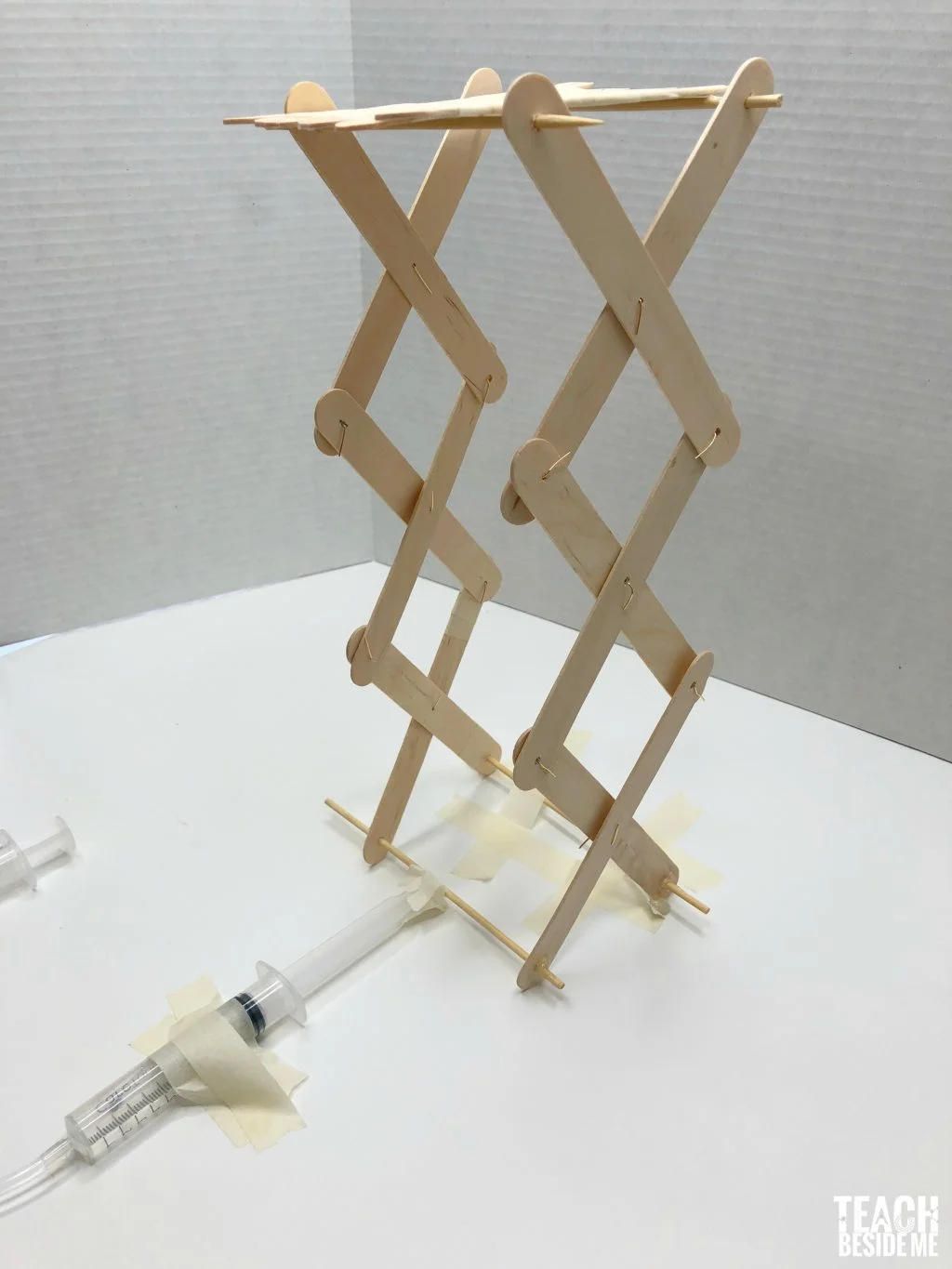
This captivating project invites students to learn about engineering and fluid mechanics. By constructing a working model of a hydraulic elevator, students will explore the principles of Pascal’s law and the fascinating concept of fluid pressure.
Learn more: Teach Beside Me
18. Brew up Some Root Beer
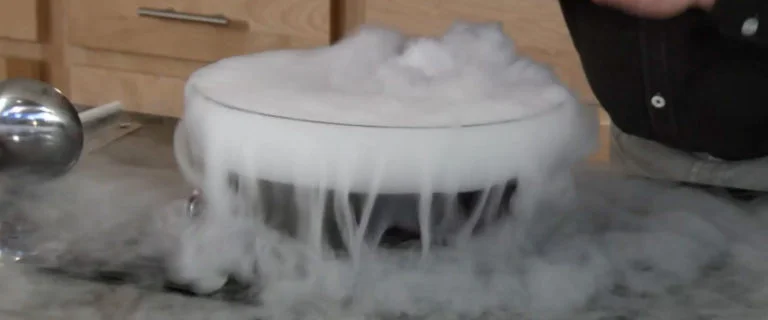
This enticing project invites students to explore the fascinating world of chemistry and fermentation while creating their own delicious and bubbly concoction.
Learn more: Home School Creations
19. Extracting Bismuth From Pepto-Bismol Tablets
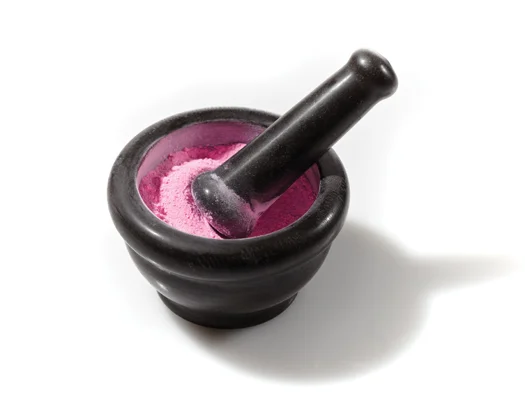
This hands-on experiment not only sheds light on the principles of chemistry and lab techniques but also highlights the real-world applications of bismuth in medicine and various industries.
Learn more: Popscie
20. Solar-Powered Water Desalination
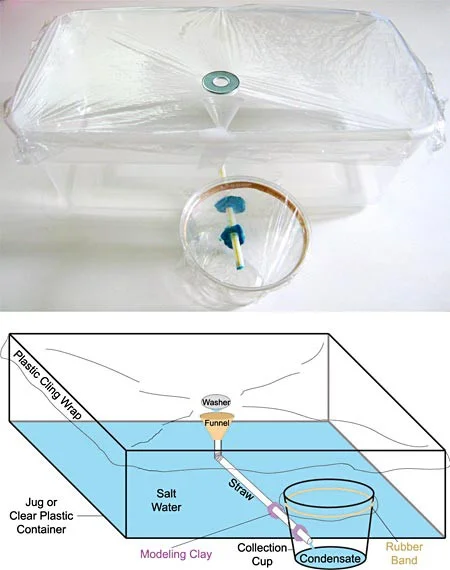
By designing and building a solar-powered water desalination system, students will learn how to harness the sun’s energy to purify saltwater and make it safe for consumption.
21. Applying Hooke’s Law: Make Your Own Spring Scale
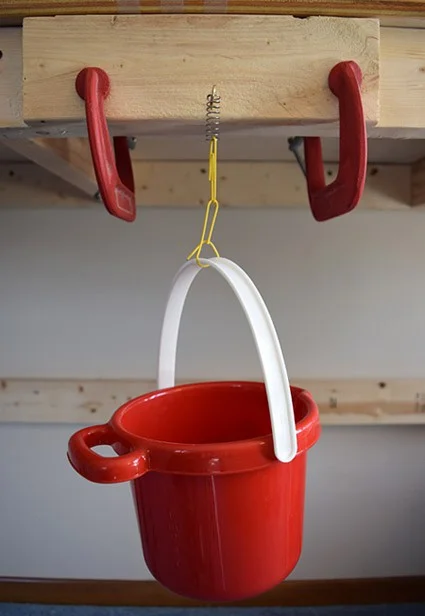
By designing and constructing their very own spring scale, students will uncover the principles of Hooke’s Law and the relationship between force and displacement in a spring system.
22. Homemade Hand Warmer
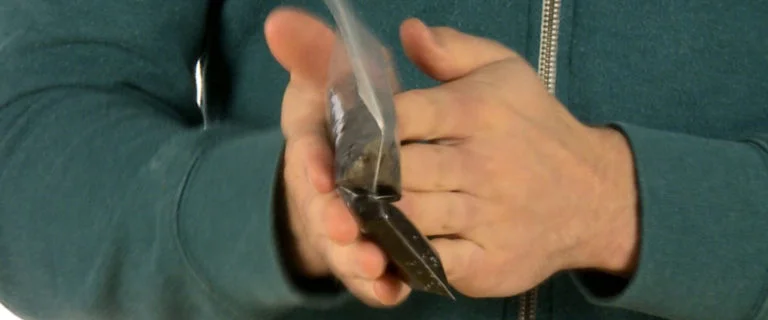
By creating their own hand warmers using safe and easily accessible materials, students will witness the magic of heat generation through chemical processes.
Learn more: Steve Spangler
23. Explore the Concept of Symbiosis Involving Nitrogen-Fixing Bacteria.
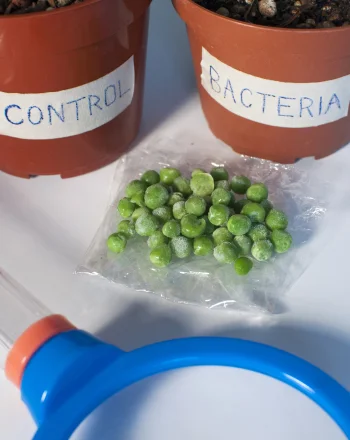
By investigating how certain plants form a mutually beneficial bond with these bacteria, students will gain insights into the essential role of nitrogen fixation in the ecosystem.
Learn more: Education.com
24. Center of Gravity Experiment
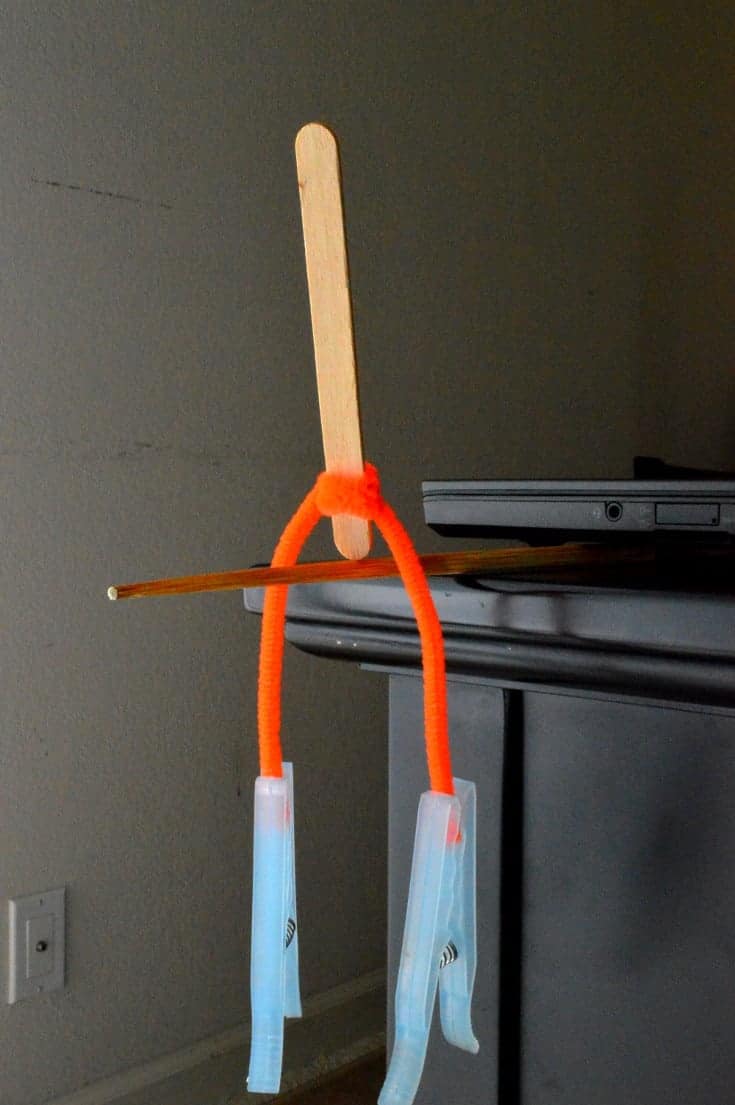
This fascinating project invites students to explore the concept of the center of gravity and its role in determining stability.
25. Power up Homemade Batteries
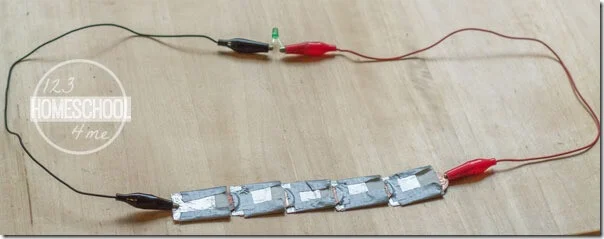
This captivating project invites students to learn about electrochemistry and energy generation.
Learn more: 123 Homeschool
26. Film Canister Explosions
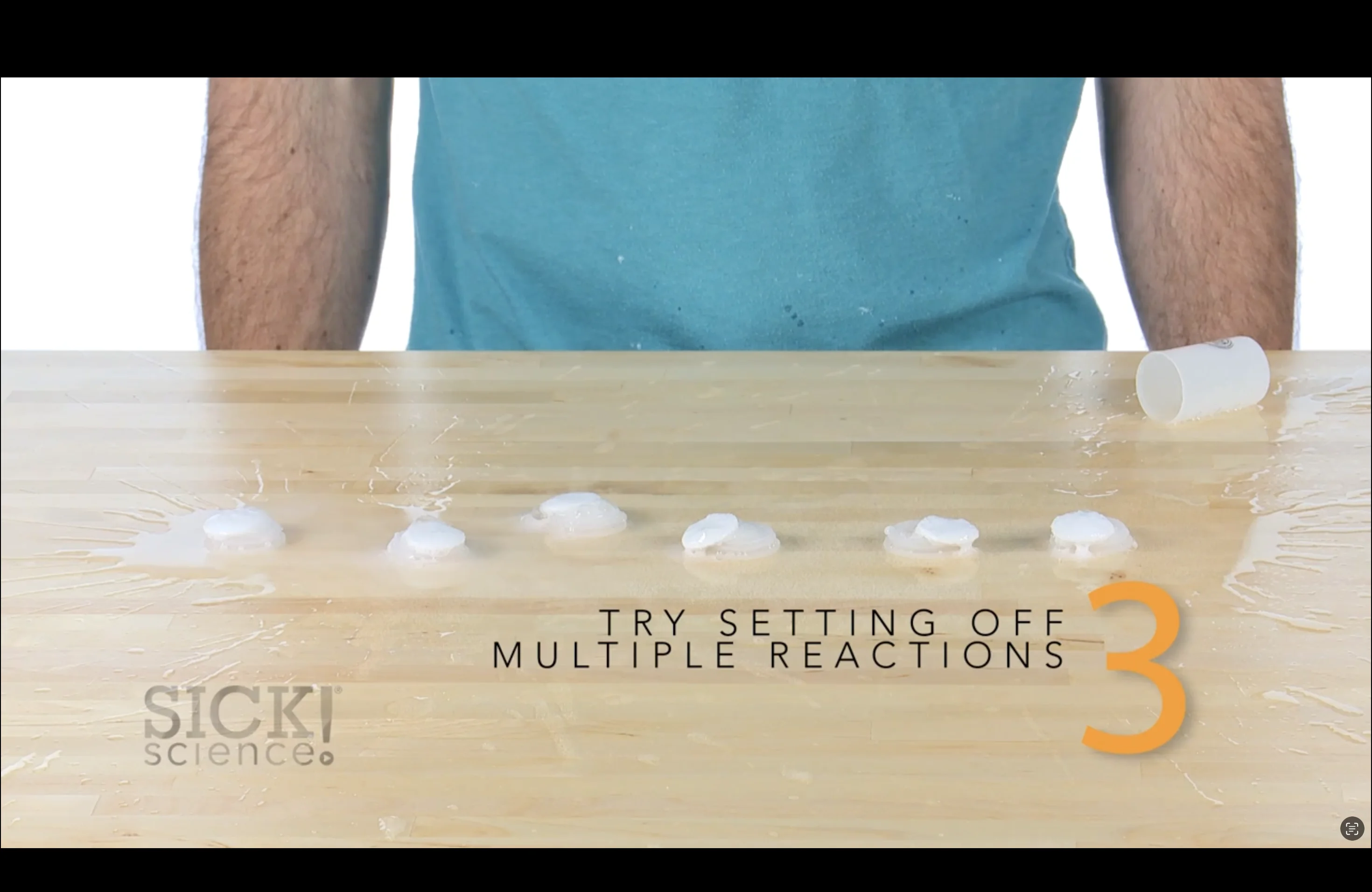
Prepare for a blast of excitement and chemistry with the high school science experiment – “Film Canister Explosions!” This project teaches students about chemical reactions and pressure build-up.
27. Investigating Osmosis with Potato Slices
This hands-on experiment not only provides a practical understanding of osmosis but also highlights its relevance in everyday life, from understanding plant hydration to food preservation techniques.
28. Make Homemade Fly Trap
This captivating “Make Homemade Fly Trap!” project invites students to explore the principles of pest control and observe the behavior of flies.
29. Hydroponics: Gardening Without Soil
This exciting project invites students to explore innovative agricultural practices that harness water and nutrient solutions to grow plants.
By setting up their hydroponic system and nurturing plants through this method, students will witness the fascinating dynamics of root development and nutrient absorption.
30. Clothespin Airplane
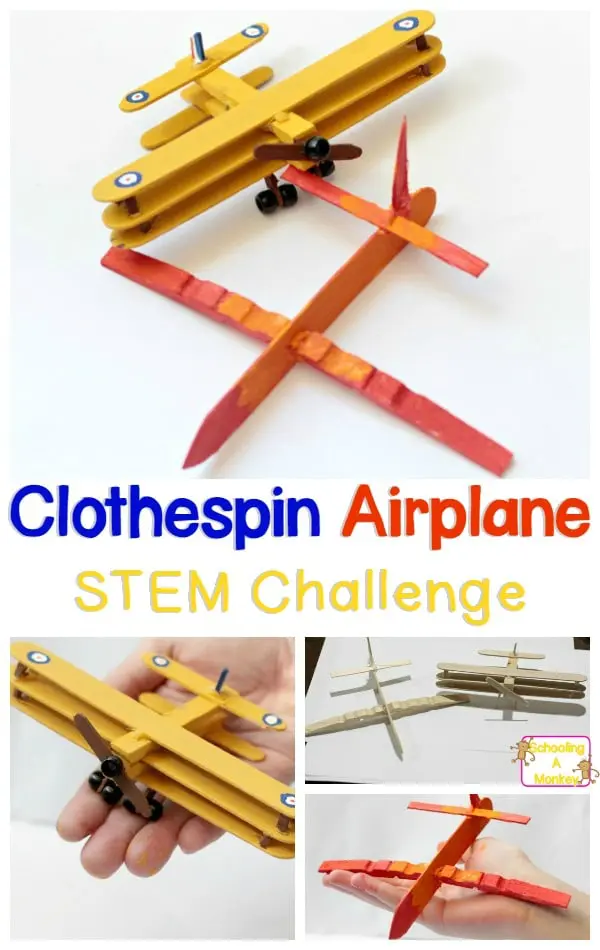
As they test and modify their creations, students will learn about the principles of lift, thrust, and drag, gaining a deeper understanding of how these forces come together to keep airplanes soaring through the skies.
Learn more: Steamsational
Similar Posts:
- 68 Best Chemistry Experiments: Learn About Chemical Reactions
- 37 Water Science Experiments: Fun & Easy
- Top 40 Fun LEGO Science Experiments
Leave a Comment Cancel reply
Save my name and email in this browser for the next time I comment.
18 Must-Try Science Experiments for High School: From Basic Chemistry to Complex Reactions
P5 have been looking at changes of state in science, and today investigated the water cycle! We did an experiment with water & food colouring in a plastic bag to see if we could see any changes, and noticed signs of evaporation and condensation inside the bag @SLC_RAiSE #Science pic.twitter.com/cla3opitiT — Burgh Primary School (@BurghPrimary) October 25, 2023
| Experiment | Details |
|---|---|
Experiment 1: Investigating Osmosis with Potato Slices
Experiment 2: making a homemade volcano, experiment 3: exploring density with oil and water, experiment 4: building a simple electric motor.
High school students possess an innate curiosity, constantly seeking to understand the world around them. Dive deep into the captivating realm of electromagnetism with this enlightening project, revealing the intricate process that enables an electric motor to effortlessly transform electrical impulses into tangible mechanical movements. As students embark on this hands-on journey, they’ll gain an intimate appreciation for the underlying principles that power much of today’s technology.
Experience the mesmerizing magnificence of an electric motor as this video unravels the mystery behind its seamless conversion of electrical energy into mechanical power. Unlock the inner workings of this wonder machine in the science projects for high school.
Experiment 5: Testing Acids and Bases with Red Cabbage
Experiment 6: observing microorganisms with a microscope, experiment 7: studying chemical reactions with alka-seltzer experiment, experiment 8: measuring the speed of light with a microwave oven, experiment 9: demonstrating newton’s third law of motion with balloons, experiment 10: observing the greenhouse effect with sunlight and jars, experiment 11: investigating chromatography with markers, experiment 12: creating a simple electromagnet, experiment 13: examining photosynthesis with leaf disks, experiment 14: extracting dna from strawberries, experiment 15: building a mini tesla coil, additional 3 fun science experiments for high school, experiment 16: making invisible ink with lemon juice, experiment 17: creating rainbow fire with salt, experiment 18: exploring bioluminescence with glowing bacteria, useful science experiments resources, leave a comment cancel reply.

30 Best Science Experiments & Projects for High School
Welcome to our round-up of top science fair projects and science experiments tailored specifically for curious high school students.
Science fair is not just about the glitz and glamour of a first-place trophy; it’s about the passion, the inquiry, and the insatiable curiosity that drive every scientist, young and old. Hopefully, our curated list of the best hands-on science fair projects for high school students will ignite that curiosity in you.
Each project on this list offers a unique opportunity to dive deep into scientific inquiry and present findings with both clarity and flair.
Let’s dive in and make learning an unforgettable adventure!
1. Burn Calories
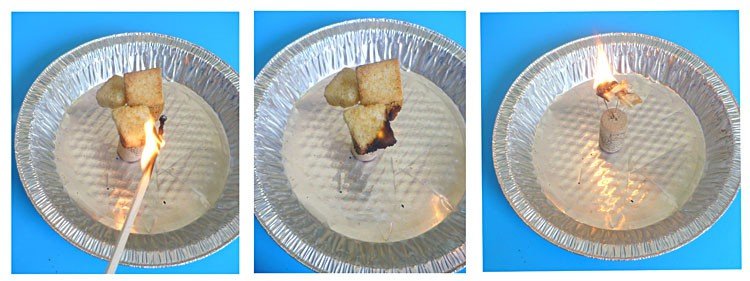
Don’t miss this opportunity to unravel the mysteries of energy transformation and uncover the scientific secrets hidden in the simplest of substances!
Learn more: Science Buddies
2. Extracting DNA from Strawberry
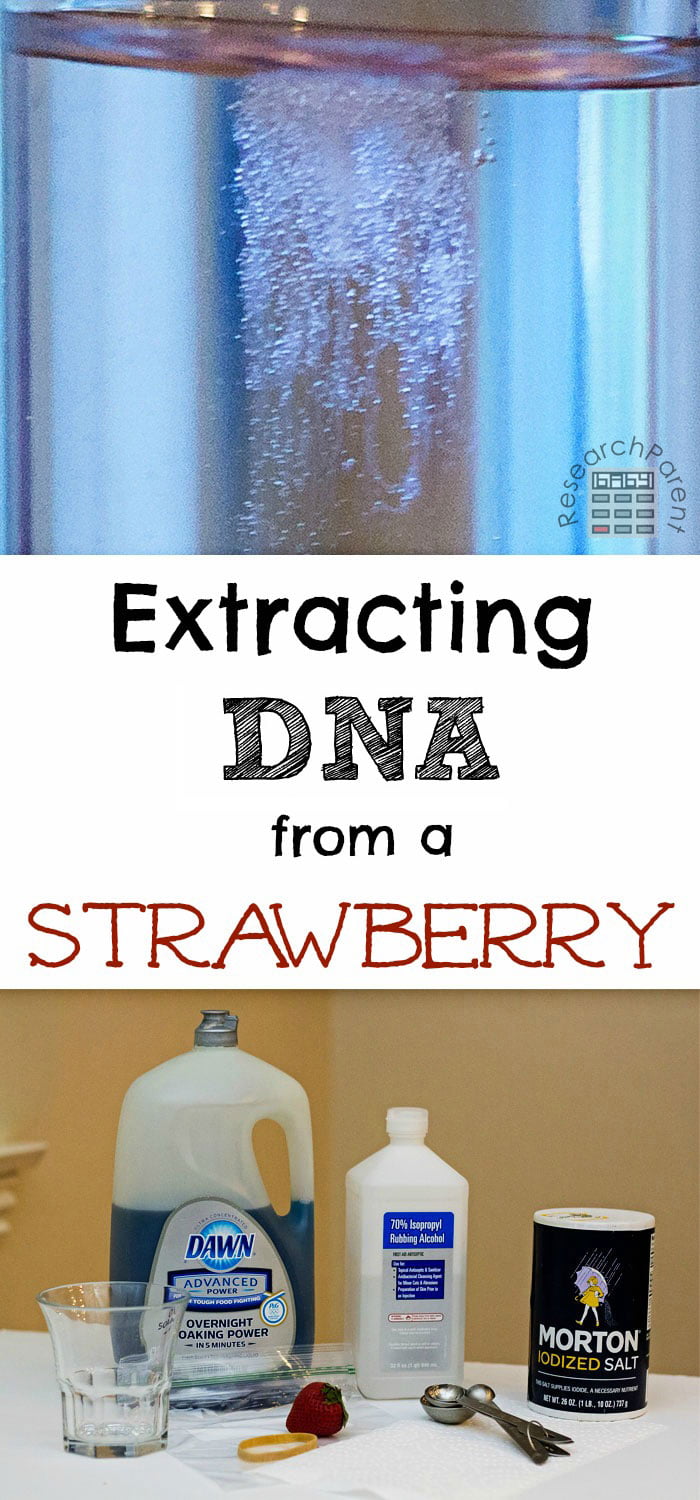
By following a series of simple yet insightful steps, students will witness the magical moment of DNA extraction, fostering a deeper appreciation for the fundamental building blocks of life.
Learn more: Extracting DNA from Strawberry
3. Build a Simple DIY Newton’s Cradle
As students assemble the materials and witness the rhythmic dance of swinging spheres, they will witness the scientific principles they’ve learned in the classroom come to life before their eyes.
4. Make a Monster Dry Ice Bubbles

Unleash your inner mad scientist and dive into a world of enchanting and eerie fun with this high school science experiment: Make Monster Dry Ice Bubbles!
Get ready to be captivated as you create giant, spooky bubbles that dance and swirl with the mysterious power of dry ice.
Learn more: Wonder How To
5. Soil Erosion Experiment
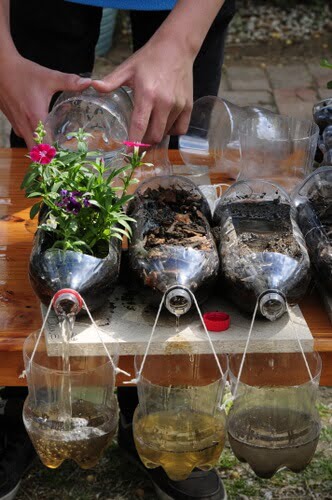
As stewards of our environment, it’s crucial to comprehend the impact of natural processes like soil erosion.
Through this experiment, students will gain a deeper appreciation for the significance of soil conservation and sustainable land management practices.
Learn more: Life is a Garden
6. Candle Carousel
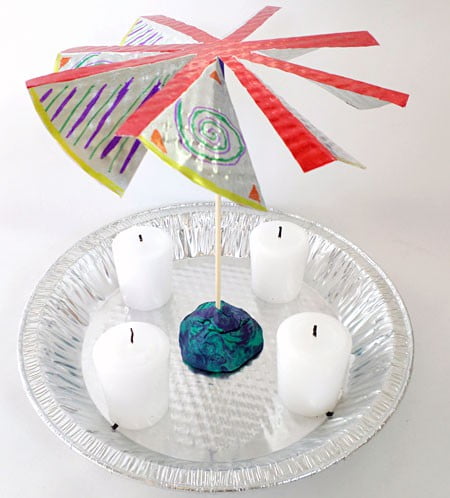
This experiment combines the wonders of physics with the art of crafting, making it an enriching experience that ignites curiosity and fosters a deeper appreciation for the elegant dance of energy in our world.
7. Find Out if Water Conducts Electricity
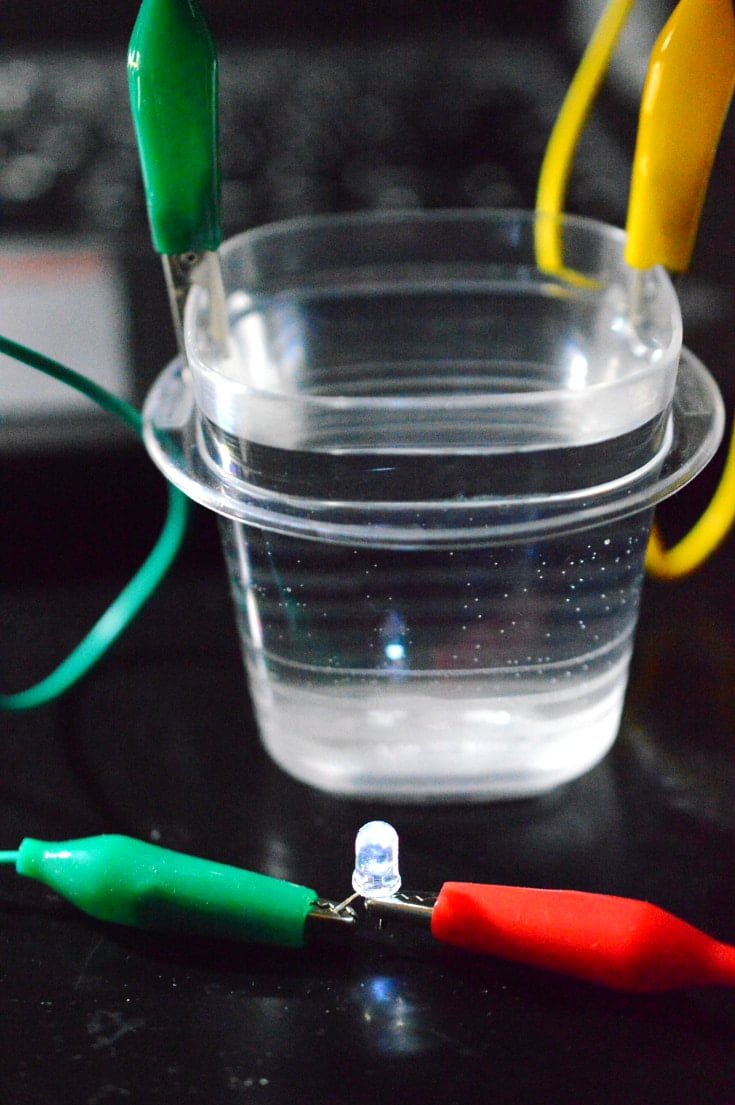
In this captivating activity, students will explore the conductive properties of water and unlock the secrets of how electrical currents flow through different substances.
Learn more: Rookie Parenting
8. Roller Coaster Stem Experiment
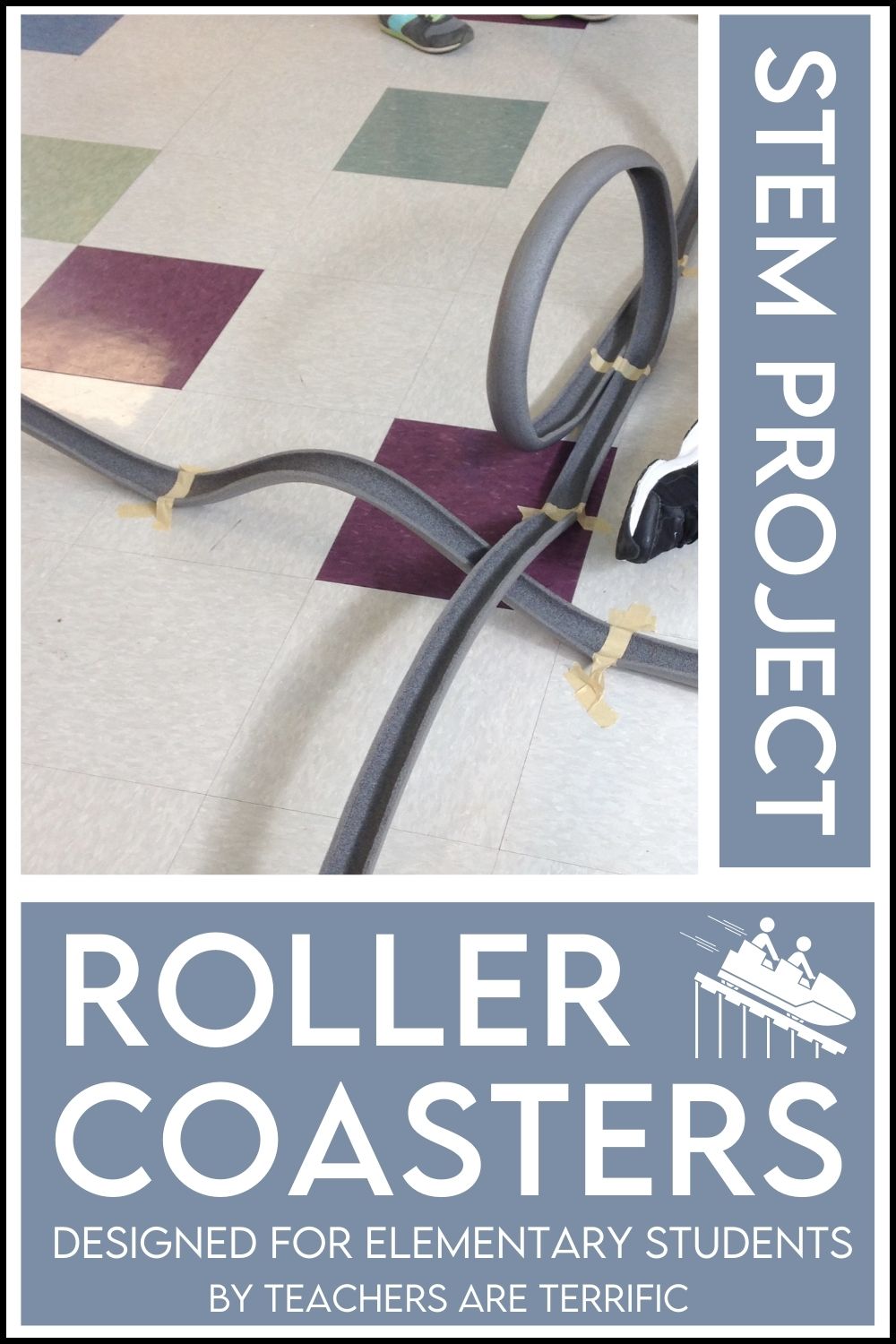
By experimenting with various designs and track configurations, students will refine their problem-solving skills and gain valuable insights into the practical applications of physics and engineering.
Learn more: STEM Project
9.柠檬Battery
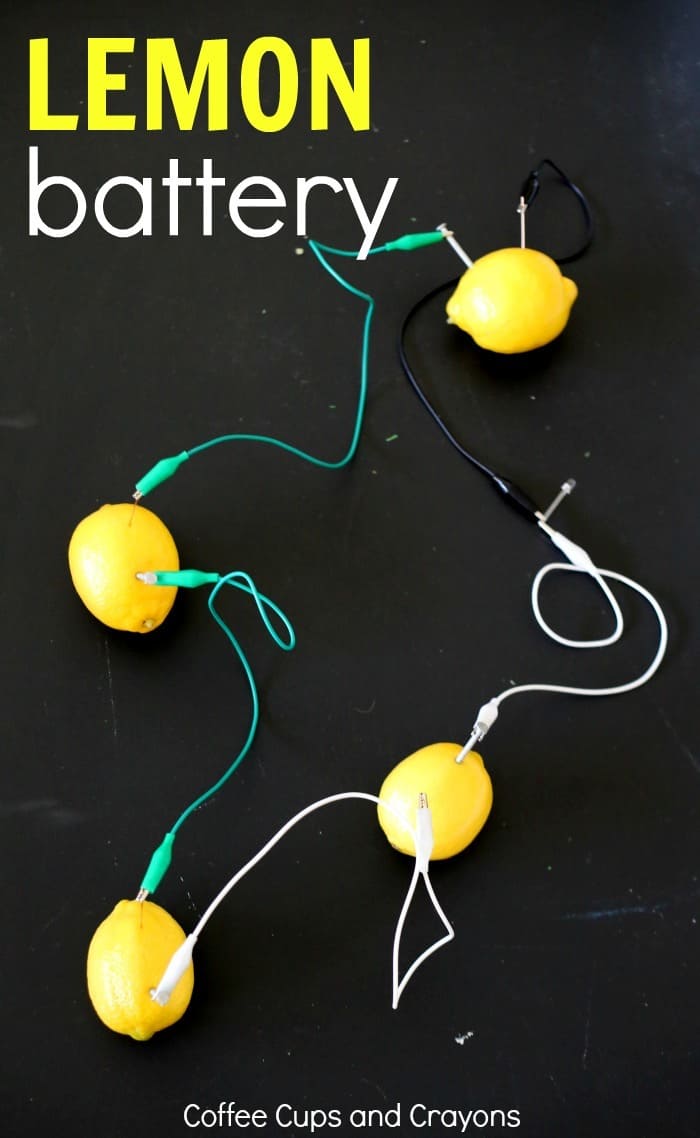
Engaging in this experiment not only teaches the basics of electrical circuits but also sparks curiosity about the natural world and the science behind it.
Learn more: Coffee Cups and Crayons
10. Watering Plants Using Different Liquids

我发现植物水合的奇迹ntriguing high school science experiment – “Watering Plants Using Different Liquids.” In this captivating project, students explore how various liquids impact plant growth and health.
Learn more: Lemon Lime Adventures
11. Measure Electrolytes Found in Sports Drinks
By conducting a series of tests and analyses, students will quantify the electrolyte content present in various sports drinks.
12. Relight the Flame Without Directly Touching It
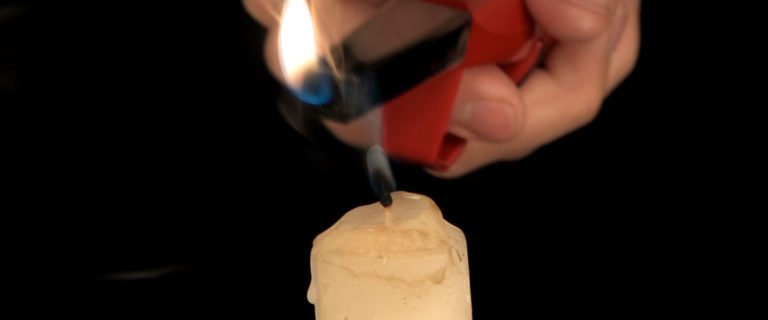
这个迷人的项目challenges students to delve into the intriguing properties of heat transfer and combustion.
By exploring different methods to reignite a candle flame without physical contact, students will uncover the secrets of heat conduction, convection, and radiation.
Learn more: Stevespangler
13. Conduct Fingerprint Analysis
This captivating project immerses students in the intriguing world of crime scene investigations, where they will uncover the uniqueness of fingerprints and their role in forensic science.
14. Separate Water Into Hydrogen And Oxygen Using Electrolysis
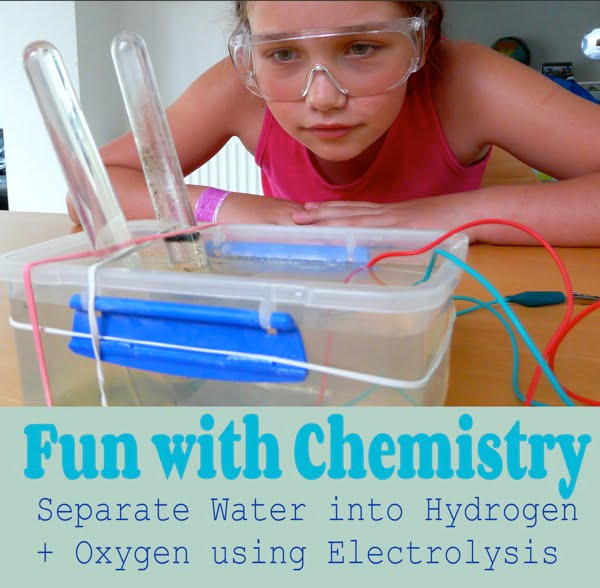
This electrifying project allows students to explore the fascinating world of electrolysis and the decomposition of water into its elemental components.
Learn more: Navigating by Joy
15. Simple Color Detection Circuit
This experiment not only introduces fundamental concepts in electronics and circuitry but also opens up endless possibilities for real-life applications, from automated sorting systems to color-sensitive devices.
16. Carbon Sugar Snake
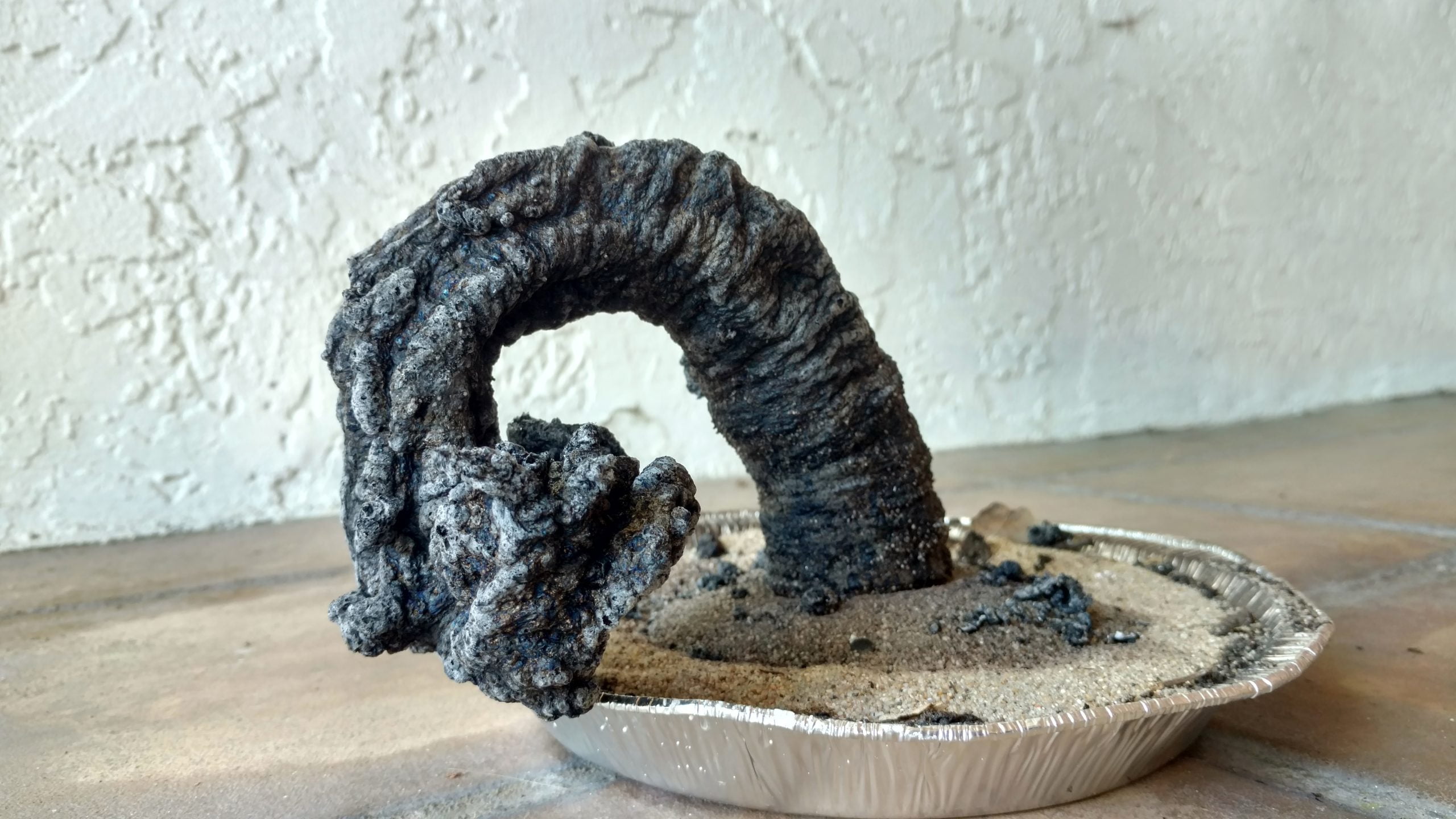
This enchanting project allows students to witness a dazzling display of science as they combine common household ingredients to create a dark, coiling “snake” made of carbon.
Learn more: Kiwi Co
17. Build a Hydraulic Elevator
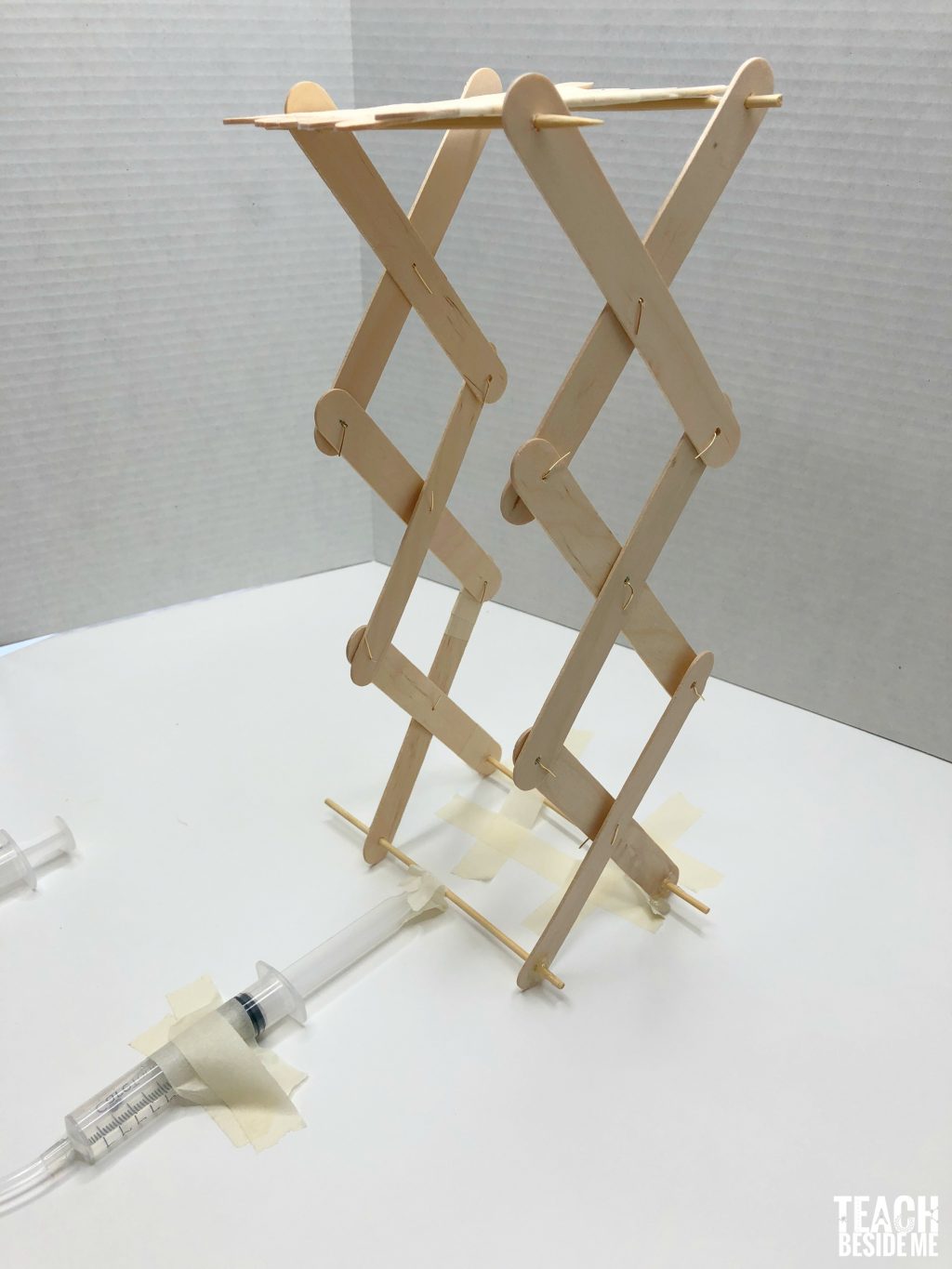
This captivating project invites students to delve into the world of engineering and fluid mechanics. By constructing a working model of a hydraulic elevator, students will explore the principles of Pascal’s law and the fascinating concept of fluid pressure.
Learn more: Teach Beside Me
18. Brew up Some Root Beer
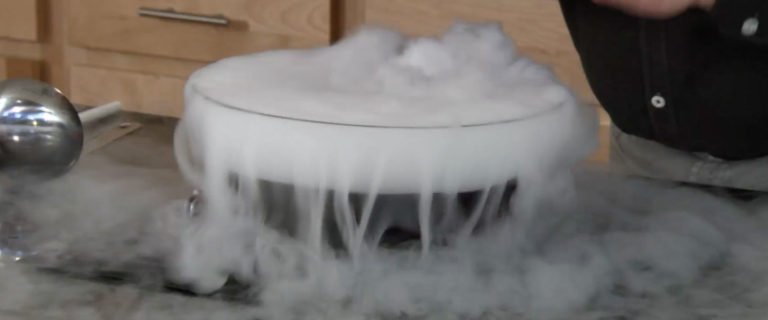
This enticing project invites students to explore the fascinating world of chemistry and fermentation while creating their own delicious and bubbly concoction.
Learn more: Home School Creations
19. Extracting Bismuth From Pepto-Bismol Tablets

This hands-on experiment not only sheds light on the principles of chemistry and lab techniques but also highlights the real-world applications of bismuth in medicine and various industries.
Learn more: Popscie
20. Solar-Powered Water Desalination

By designing and building a solar-powered water desalination system, students will learn how to harness the sun’s energy to purify saltwater and make it safe for consumption.
21. Applying Hooke’s Law: Make Your Own Spring Scale
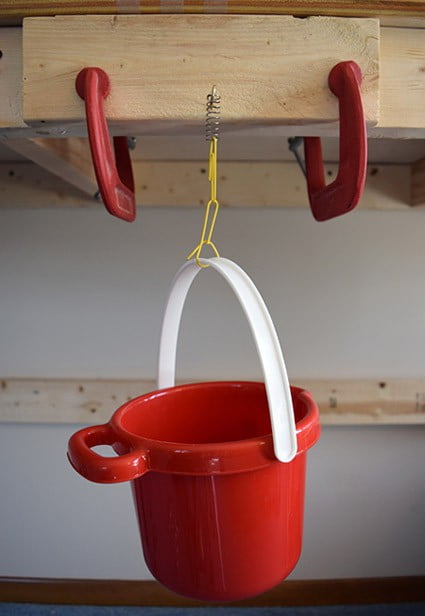
By designing and constructing their very own spring scale, students will uncover the principles of Hooke’s Law and the relationship between force and displacement in a spring system.
22. Homemade Hand Warmer
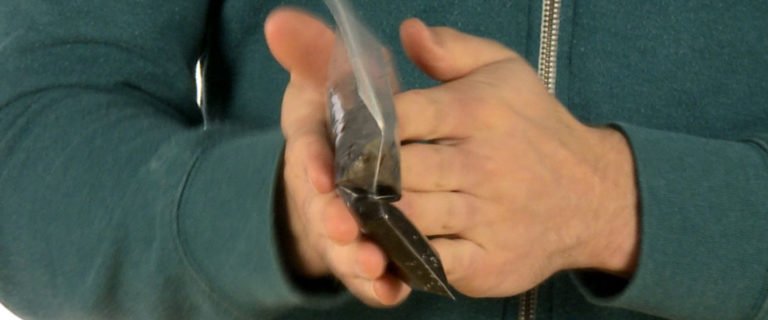
By creating their own hand warmers using safe and easily accessible materials, students will witness the magic of heat generation through chemical processes.
Learn more: Steve Spangler
23. Explore the Concept of Symbiosis Involving Nitrogen-Fixing Bacteria.
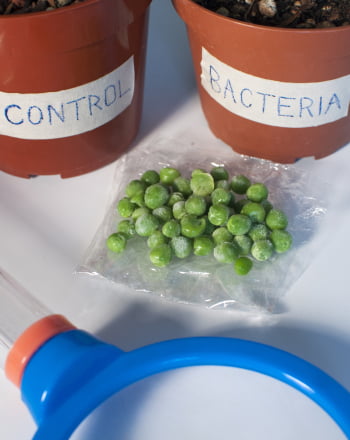
By investigating how certain plants form a mutually beneficial bond with these bacteria, students will gain insights into the essential role of nitrogen fixation in the ecosystem.
Learn more: Education.com
24. Center of Gravity Experiment

This fascinating project invites students to explore the concept of the center of gravity and its role in determining stability.
25. Power up Homemade Batteries

This captivating project invites students to delve into the fascinating world of electrochemistry and energy generation.
Learn more: 123 Homeschool
26. Film Canister Explosions
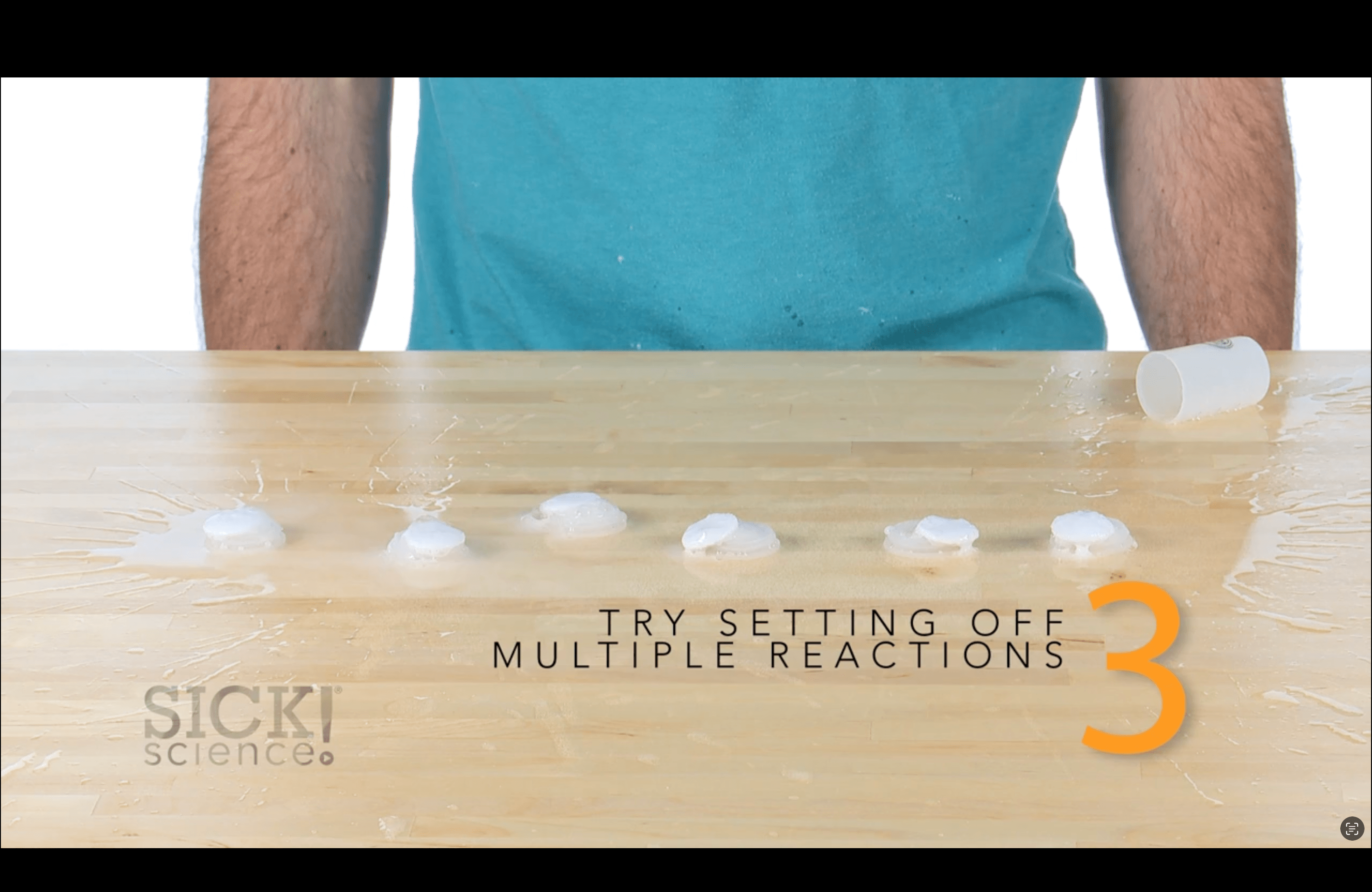
Prepare for a blast of excitement and chemistry with the high school science experiment – “Film Canister Explosions!” This thrilling project invites students to explore the fascinating world of chemical reactions and pressure build-up.
27. Investigating Osmosis with Potato Slices
This hands-on experiment not only provides a practical understanding of osmosis but also highlights its relevance in everyday life, from understanding plant hydration to food preservation techniques.
28. Make Homemade Fly Trap
Delve into the fascinating world of insects with the high school science experiment – “Make Homemade Fly Trap!” This captivating project invites students to explore the principles of pest control and observe the behavior of flies.
29. Hydroponics: Gardening Without Soil
This exciting project invites students to explore innovative agricultural practices that harness water and nutrient solutions to grow plants.
By setting up their hydroponic system and nurturing plants through this method, students will witness the fascinating dynamics of root development and nutrient absorption.
30. Clothespin Airplane

As they test and modify their creations, students will delve into the principles of lift, thrust, and drag, gaining a deeper understanding of how these forces come together to keep airplanes soaring through the skies.
Learn more: Steamsational
Similar Posts:
- 37 Water Science Experiments: Fun & Easy
- Top 50 Fun Food Science Experiments
- 前40名有趣的乐高科学实验
- 40 Best Science Experiments & Projects for Middle School
- Top 30 Biology Experiments for High-School
Leave a Comment Cancel reply
Save my name and email in this browser for the next time I comment.
The Tech Edvocate
- Advertisement
- Home Page Five (No Sidebar)
- Home Page Four
- Home Page Three
- Home Page Two
- Icons [No Sidebar]
- Left Sidbear Page
- Lynch Educational Consulting
- My Speaking Page
- Newsletter Sign Up Confirmation
- Newsletter Unsubscription
- Page Example
- Privacy Policy
- Protected Content
- Request a Product Review
- Shortcodes Examples
- Terms and Conditions
- The Edvocate
- The Tech Edvocate Product Guide
- Write For Us
- Dr. Lynch’s Personal Website
- The Edvocate Podcast
- Assistive Technology
- Child Development Tech
- Early Childhood & K-12 EdTech
- EdTech Futures
- EdTech News
- EdTech Policy & Reform
- EdTech Startups & Businesses
- Higher Education EdTech
- Online Learning & eLearning
- Parent & Family Tech
- Personalized Learning
- Product Reviews
- Tech Edvocate Awards
- School Ratings
Kamala Harris nailed her debate response on the Democrats’ most winning issue: abortion
Meet spacex’s polaris dawn crew: the daring 4 who are in space on the most ambitious private space mission in history, taylor swift endorsed kamala harris for president, the modern cli renaissance, today’s wordle hints, answer and help for sept. 11, #1180, today’s nyt strands hints, answers and help for sept. 11, #192, today’s nyt connections hints, answers and help for sept. 11, #458, inmobi secures $100 million for ai acquisitions ahead of ipo, teaching your child about service learning: everything you need to know, ekster cardholder pro: a smart wallet for the modern gentleman, 15 best science experiments for high school labs and science fairs.
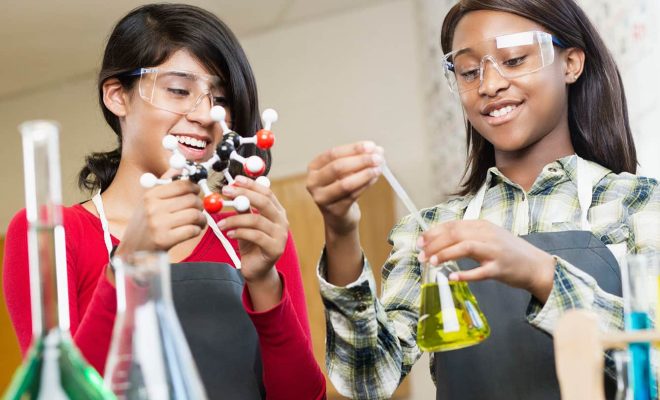
Science fairs and high school labs are excellent opportunities for students to explore and expand their scientific knowledge. Not only do these experiences allow students to apply what they have learned in the classroom, but they also foster a passion for science and critical thinking skills. If you’re looking for some exciting and engaging science experiments to showcase at your next science fair or conduct in your high school lab, you’ve come to the right place. In this article, we will explore 15 of the best science experiments that are perfect for high school students.
1. Electrolysis of Water: Explore the process of water electrolysis and demonstrate how water can be split into hydrogen and oxygen gases.
2. Acid-Base Titration: Investigate the concept of neutralization reactions by performing acid-base titrations using different indicators.
3. Solar Cell Efficiency: Measure the efficiency of solar cells by comparing the electrical output under different light sources and angles.
4. Enzyme Activity: Study the effect of temperature and pH on enzyme activity using a common enzyme such as catalase.
5. DNA Extraction: Extract DNA from various plant or fruit samples to understand the basic principles of DNA isolation.
6. Chromatography: Separate and analyze the pigments present in plant leaves using paper or thin-layer chromatography.
7. Boyle’s Law: Observe the relationship between the volume and pressure of a fixed amount of gas at a constant temperature.
8. Projectile Motion: Investigate the factors affecting the trajectory of a projectile by launching objects at different angles and velocities.
9. Acid Rain Simulation: Create a simulated rainwater sample and investigate the effects of acid rain on different materials or organisms.
10. Diffusion and Osmosis: Study the movement of molecules across selectively permeable membranes using various solute concentrations.
11. Magnetic Levitation: Construct a simple magnetic levitation device to demonstrate the principles of magnetism and levitation.
12. Rusting Rates: Investigate the factors (such as temperature, humidity, and presence of inhibitors) that affect the rate of rust formation.
13. Respiration in Yeast: Observe the process of cellular respiration in yeast by measuring the production of carbon dioxide.
14. Newton’s Cradle: Explore the conservation of momentum and energy using Newton’s cradle, a classic physics demonstration.
15. Plant Phototropism: Investigate how plants respond to light stimuli and demonstrate phototropism using different light sources.
These 15 science experiments cover a wide range of scientific disciplines and concepts, ensuring that there is something for every high school student. Whether you’re interested in chemistry, physics, biology, or environmental science, these experiments will captivate your audience and foster curiosity about the world around us. So roll up your sleeves, gather your materials, and get ready to amaze your fellow students and teachers with these impressive science experiments. Good luck!
How to Calculate Taxable Wages
Anchor charts 101: why and how to ....
Matthew Lynch
Related articles more from author.

8 Ways I Make Learning Fun by Using QR Codes in the Classroom
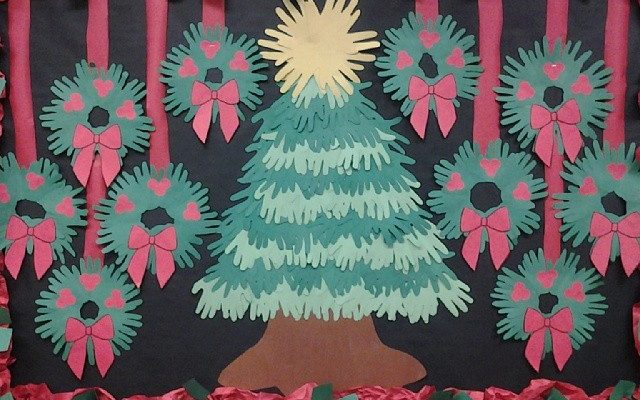
18 Winter Bulletin Boards to Celebrate the Season
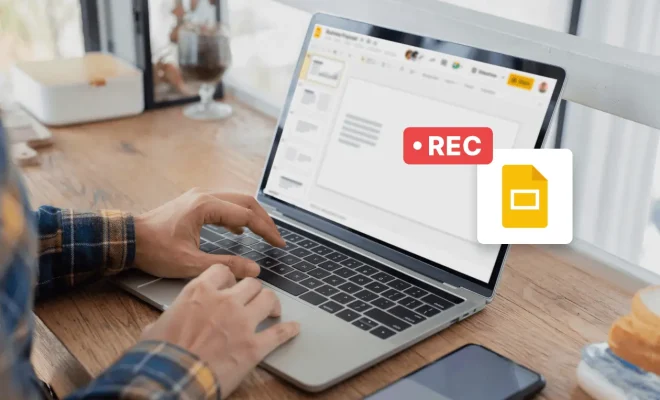
Google Slides 101: Tips and Tricks Every Teacher Needs To Know

How Your Passion Pays Off: Your opportunity to teach

5 Reasons I Read Aloud to High School Students

A Teacher’s Guide to Hearing Impairment in Children
+1 (603) 932 7897

21 Unique Science Projects for High School Students
- Last modified 2024-07-05
- Published on 2023-10-31
Whether you’re leading a group science project or working independently to pursue your own scientific interests , we brainstormed to create the most unique list of science project ideas for high school students. Discover fresh, cool science project ideas that you’ve never seen before! In addition, we’ve added some bonus material to walk you through how to do research for your project, and write a report in a fun and engaging way that will all but guarantee that ticket ends up in your hands!
What should you include in your high school science project?
Science teachers hold students ages 14-18 to a much higher standard when grading science projects. High schoolers must demonstrate a solid understanding of the scientific method and reflect current guidelines in the Science, Technology, Engineering, and Mathematics (STEM) industry. Students’ science projects must also demonstrate their curiosity and eagerness to explore new and complicated scientific concepts.
Structure your science project neatly in sections, and make sure you include all necessary components: Purpose, Background Information, Scientific Question, Hypothesis, Materials, Procedures, Results, Conclusion, and Works Cited/Bibliography. When editing your science project, some questions to ask yourself are:
- Are my steps clear enough for someone to easily replicate my results?
- Do I have tables and graphs to illustrate the collected data? Are they easy to read?
- How original is my idea compared to other high school science projects?
- How can I present my science project in a clear way to ensure my audience understands the complicated scientific concepts?
Science Project Ideas for Each Subject
In high school, students typically take Biology, Chemistry, and Physics chronologically from 9th to 11th grade. 12th graders can choose which science subject they performed best in and take an AP science class in that subject for a challenge and to college credit. Depending on their school’s science class offerings, high school seniors can also take more focused science classes such as AP Environmental Science, AP Psychology, AP Human Geography, or AP Computer Science. Learn more about the differences between each subject .
With so many intriguing science project ideas for high school students, choosing a project that’s best for you can be difficult. When reading through this list, consider which ideas strike your interest. Do they relate to something your teacher mentioned in class? Is it a science project you’ve always been curious about? Would you want to study this topic as your college major? Will this science project be helpful in your portfolio when applying for your dream university?
When you find a science project idea that appeals to you, the best way to approach the topic is to do background research. Look up some keywords from the description in research journal databases, such as The Concord Review and Journal of High School Science. These 12 research journals are easier to read and more suitable for high schoolers because the papers are all written by other high school students.
Biology Science Projects
- Explore gene editing and its possibilities by creating genetically modified organisms or treating genetic disorders.
- Discover why people get seasonal allergies and which biological differences make some people more prone to allergic reactions than others.
- Research an invasive species that was recently introduced in your community, and predict its impact on native species.
If you’re curious to learn more about biology, consider taking an AP Biology class at your high school. Or, if you’re just getting started, check out an online class on the foundations of biology .
Chemistry Science Projects
- Test how effective Advil (ibuprofen) is compared to Tylenol (acetaminophen) when dealing with different symptoms and illnesses.
- Examine the chemical anatomy of different artificial food dyes or other additives, and compare their effects on our health.
- Develop a skincare product that’s safe to use.
Do these science project ideas sound interesting to you? Consider taking an online chemistry course to learn more about your scientific interests and get ahead of the game!
Physics Science Projects
- Explore the popular yet controversial topic of how one electron can be in two places at once.
- Determine the differences between the two atomic bombs the U.S. used in World War 2.
- Uncover the differences in safety features between a gas engine car and an electric car when rapidly decelerating from a high speed.
Environmental Science Projects
- Compare the water pollution levels in your town and a neighboring town to determine what factors might be causing higher pollution levels. Propose a social change initiative to lower water pollution.
- Conduct a study on your school’s recycling habits. How can the current system be made more efficient? How much recycling ends up as unusable waste in landfills?
- Investigate solutions to cleaning up oil spills. What is the most effective method?
In most cases, studying Environmental Science requires a solid understanding of Biology, since these subjects overlap. If you’re interested in both subjects, you might want to consider studying them in college. Before then, it’s essential to understand the differences between Environmental Science and Biology; so, choose the right AP course and earn college credit toward your future major.
Psychology Science Projects
- Compare and contrast the effectiveness of medicine versus hallucinogenic plants for different illnesses. Why might some people prefer alternative medicine over traditional medicine?
- Dive into how cultural or socio-economic factors may contribute to someone’s belief in conspiracy theories and political extremism on social media.
- Research the effects of college admissions on self-esteem and long-term life satisfaction.
Need more ideas? Check out some more psychology research topics to find the best science project for you.
Human Geography Science Projects
- Design a more sustainable urban development plan for your city. How could your city be remapped?
- Analyze the impact of farmers’ markets on people’s relationship to food and healthy eating habits.
- Uncover some key reasons behind the rapid spread of COVID-19 across the world.
As one of the more directly applicable sciences, human geography science projects delve into more practical topics. If these topics interest you, AP Human Geography might be a great class for you to take!
Computer Science Projects
- Design a therapy Chatbot to help users practice simple exercises for boosting mental health, such as gratitude journaling.
- Analyze the relationship between mental health disorders in younger generations and the rise of social media using data visualization tools.
- Code an interactive experience for an emotional support robot dog.
Thinking about taking your computer science skills to the next level? Try testing out your skills with AP Computer Science .
Presenting your Science Project in a High School Classroom
People tend to think that science projects are about writing science reports and long research papers. However, there are more engaging ways to showcase your scientific discoveries and have fun along the way!
Write a Blog High school students can exercise their creative muscles by starting a science blog. Students can research current events in science and write posts about recent scientific developments in the STEM industry. Not sure how to get started? Here are some tips on how to create a blog .
Make a Board Game Another fun idea to present a science project is to make a board game. As players progress across the board, they can learn about your research questions, hypothesis, variables, and what you discovered in your science experiment.
Add Kahoot to Your Slides If part of your assignment is to make PowerPoint slides, make your presentation slides more interactive and engaging by adding a game of Kahoot . Kahoot is a website that lets you make a fun quiz to share with your classmates. You can add the game to the end of your presentation to quiz them on what they learned from your science project. Prepare a small prize for whoever gets the most correct answers!
Make a Model for a Live Demonstration Consider whether or not your experiment can be replicated through a model in time, which is by far the best way to grab your audience’s attention. Even if your whole experiment can’t be built into a model, make part of it to help your classmates understand a difficult scientific concept.
How to Write a Scientific Research Paper
Even if you’re stuck just writing a paper for your science project, don’t worry. Start with looking into research that’s already been done on the topic. Here are resources on how to conduct scientific research and how to read complicated research papers . Once you move onto writing your science paper, talk with a tutor to get clear, personal feedback from experienced teachers.
Next Steps – Share your Science Projects
Want to take your science project to the next level? There are countless ways for high school students interested in science to get involved outside of class . The best way to get your innovative science project out into the world is through competitions and fairs. Check out these 11 STEM competitions for high school students that you can enter!
An impressive, creative, and well-documented science project can help with college admissions and with pursuing a career in medicine , or other scientific fields. Follow the steps outlined above to structure your science project in an organized, coherent fashion. When you’re ready, take your science project to STEM competitions and boost your chances of getting into your dream college!
Further Your Science Passion with Aralia Education
Aralia is well-equipped to help high school students with their science projects. Aralia offers a diverse range of science classes designed to ignite students’ curiosity and deepen their understanding of the world around them. From introductory courses to advanced topics, our expert instructors provide engaging and comprehensive instruction, empowering students to excel in the field of science. If you ever need help anywhere along the way, don’t hesitate to reach out to us!

Access 100+ Subjects. Discover your true potential under the guidance of our top high school & college teachers. Tomorrow starts today!
- Extracurricular Activities
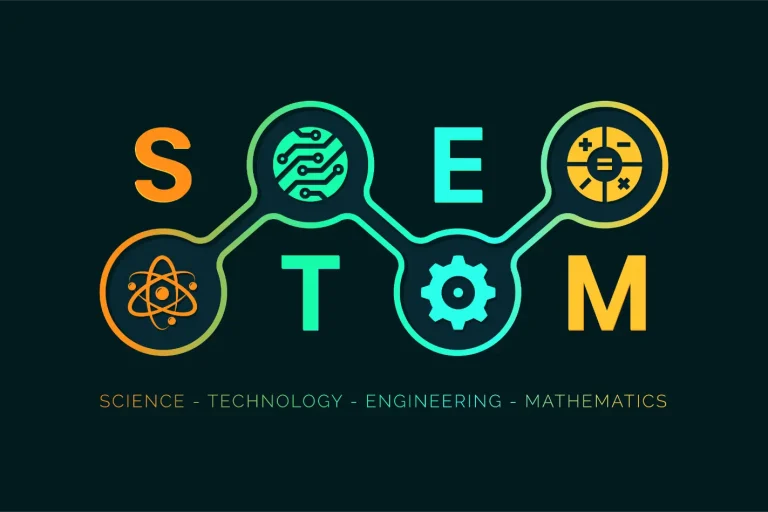
Aralia Education is an innovative online education platform for ambitious middle and high school students worldwide. Aralia’s instructors propel students forward by helping them build a strong foundation in traditional academic courses. They also actively engage and guide students in exploring personal interests beyond their school curriculum. With this holistic approach, Aralia ensures its students are well-prepared for college and equipped for success in their future careers.
- College Accelerator Program
- Comprehensive Introduction to High School
- Academic Empowerment Program
- Test Preparation Bootcamp
- Private Lessons
- Student Awards
- Competitions
Address : 1 Tara Blvd Suite 200, Nashua, NH 03062, USA
Give us a call: +1 (603) 932 7897
Email us: [email protected]
Add us on WhatsApp:

200 Science Fair Ideas for High School Students
1.Physics Experiments – Test gravity, motion, or energy with pendulums or catapults.
2. Chemical Reactions – Investigate acids, bases, and reactions by making simple, safe experiments.
3. Biology Studies – Explore plant growth, genetics, or ecosystems with live experiments.
4. Environmental Science – Analyze water, soil, or air quality and the effects of pollution.
5. Robotics Projects – Build simple robots to test programming or mechanical movements.
6. Astronomy – Study stars, planets, or create models of solar systems for visual learning.
7. Human Behavior – Conduct surveys to understand psychology, decision-making, or memory.
8. Engineering Challenges – Design and test bridges, buildings, or other structures for strength.
9. Renewable Energy – Investigate solar, wind, or hydro energy by building small models.
10. Forensic Science – Explore crime-solving techniques like fingerprint analysis or DNA extraction.
For More Related Story Click For the Below
Statanalytica
High School Science Experiment Ideas
- Projects & Experiments
- Chemical Laws
- Periodic Table
- Scientific Method
- Biochemistry
- Physical Chemistry
- Medical Chemistry
- Chemistry In Everyday Life
- Famous Chemists
- Activities for Kids
- Abbreviations & Acronyms
- Weather & Climate
- Ph.D., Biomedical Sciences, University of Tennessee at Knoxville
- B.A., Physics and Mathematics, Hastings College
Try these ideas for science experiments targeted at the high school educational level. Perform a science experiment and explore different hypotheses to test.
Caffeine Experiments
JGI / Jamie Grill / Getty Images
You've probably heard that caffeine acts as a stimulant and may increase your concentration when you are under its influence. You can test this with an experiment.
Sample Hypothesis:
- Caffeine use does not affect typing speed .
- Caffeine does not affect concentration.
Student Conformity Experiments
Caiaimage / Sam Edwards / Getty Images
You are in a large group of students and the instructor asks the class what 9 x 7 is. One student says it is 54. So does the next. Do you fully trust your answer of 63? We are influenced by the beliefs of the people around us and sometimes conform to what the group believes. You can study the degree to which social pressure affects conformity.
- The number of students will not affect student conformity.
- Age does not affect student conformity.
- Gender has no effect on student conformity.
Smoke Bomb Experiments
Georgi Fadejev / EyeEm / Getty Images
Smoke bombs are fun for kids of all ages but are probably not appropriate experiment subjects for kids younger than high school level. Smoke bombs offer an interesting way to learn about combustion. They can be used as propellants in rockets, too.
- The ratio of smoke bomb ingredients will not affect the quantity of smoke that is produced.
- The ratio of ingredients will not affect the range of a smoke bomb rocket.
Hand Sanitizer Experiments
Elenathewise / Getty Images
Hand sanitizer is supposed to keep germs under control on your hands. You can culture bacteria to see if hand sanitizer is effective. You can compare different types of hand sanitizer to see if one works better than another. Can you make an effective natural hand sanitizer? Is hand sanitizer biodegradable?
- There is no difference in the effectiveness of different hand sanitizers.
- Hand sanitizer is biodegradable.
- There is no difference in effectiveness between homemade hand sanitizer and commercial hand sanitizer.
- 5 Types of Science Fair Projects
- 3rd Grade Science Fair Projects
- 6th Grade Science Fair Projects
- 5th Grade Science Fair Projects
- 8th Grade Science Fair Project Ideas
- 9th Grade Science Fair Projects
- Middle School Science Fair Project Ideas
- High School Science Fair Projects
- Chemistry Science Fair Project Ideas
- 11th Grade Science Fair Projects
- Science Fair Project Ideas for 12th Graders
- Science Fair Experiment Ideas: Food and Cooking Chemistry
- How to Do a Science Fair Project
- Science Fair Project Ideas
- How to Find Original Science Fair Project Ideas
- 7th Grade Science Fair Projects
- Grades 6-12
- School Leaders
Free printable to elevate your AI game 🤖

72 Easy Science Experiments Using Materials You Already Have On Hand
Because science doesn’t have to be complicated.
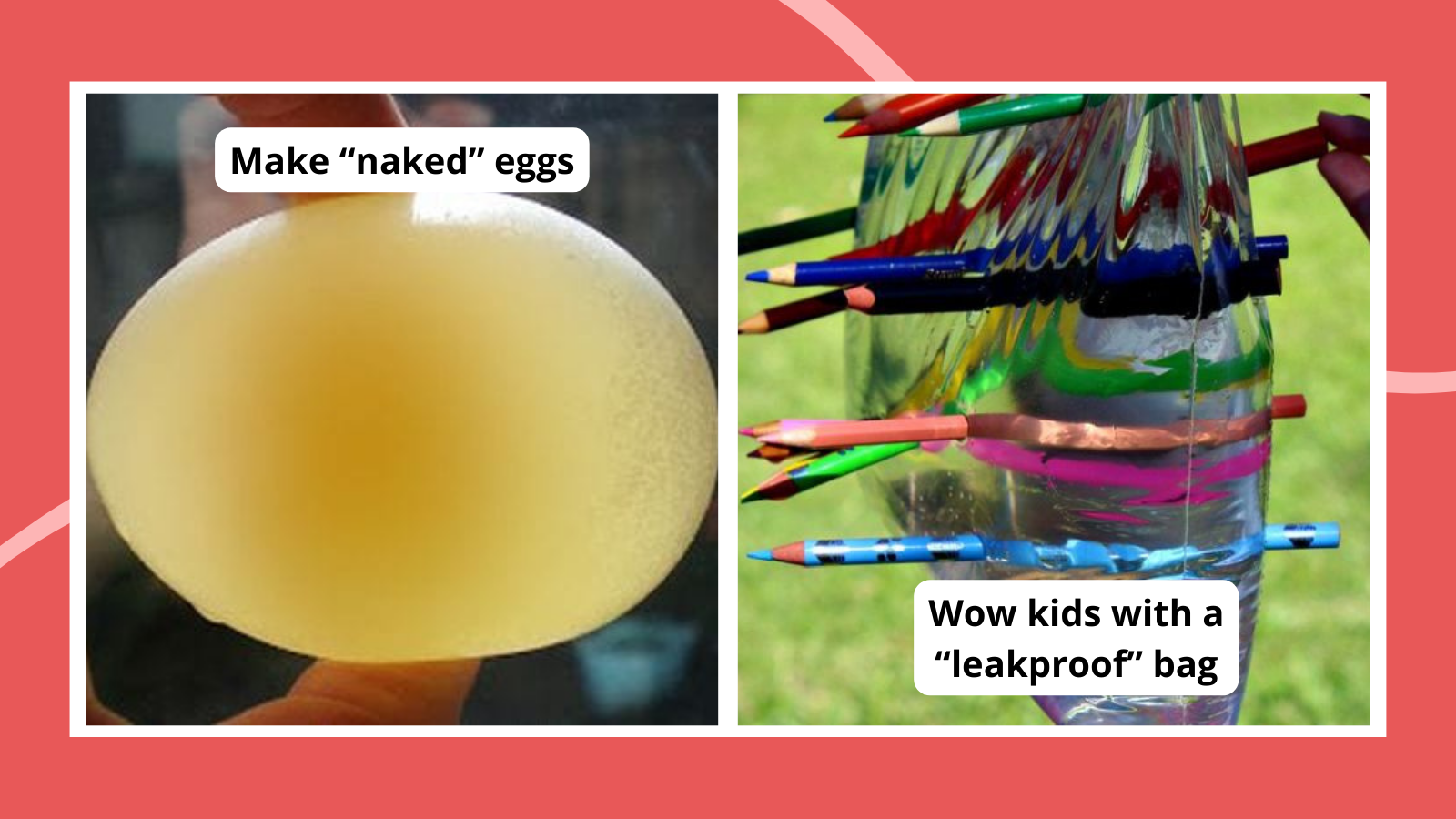
If there is one thing that is guaranteed to get your students excited, it’s a good science experiment! While some experiments require expensive lab equipment or dangerous chemicals, there are plenty of cool projects you can do with regular household items. We’ve rounded up a big collection of easy science experiments that anybody can try, and kids are going to love them!
Easy Chemistry Science Experiments
Easy physics science experiments, easy biology and environmental science experiments, easy engineering experiments and stem challenges.
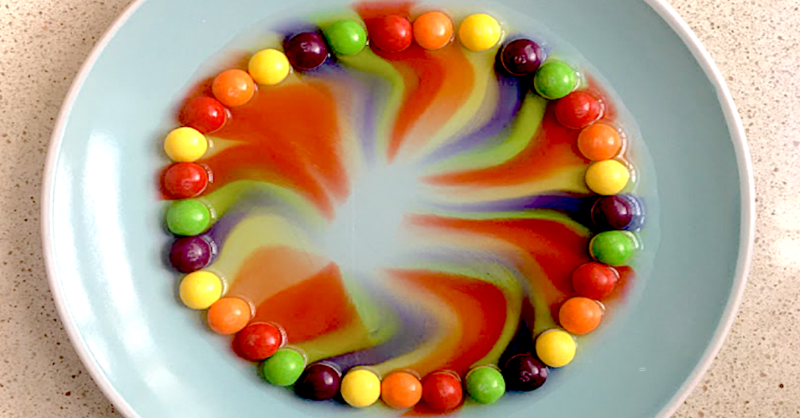
1. Taste the Rainbow
Teach your students about diffusion while creating a beautiful and tasty rainbow! Tip: Have extra Skittles on hand so your class can eat a few!
Learn more: Skittles Diffusion
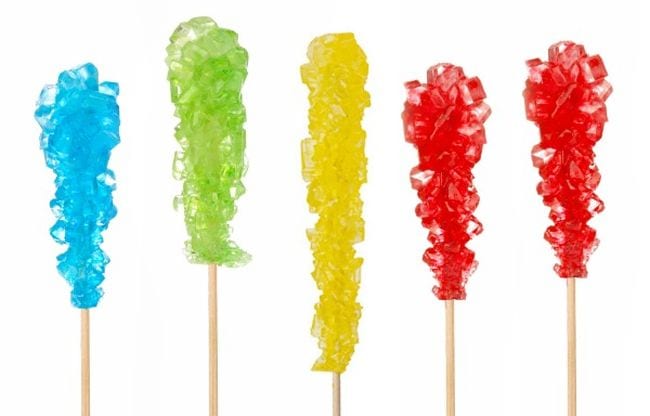
2. Crystallize sweet treats
Crystal science experiments teach kids about supersaturated solutions. This one is easy to do at home, and the results are absolutely delicious!
Learn more: Candy Crystals
3. Make a volcano erupt
This classic experiment demonstrates a chemical reaction between baking soda (sodium bicarbonate) and vinegar (acetic acid), which produces carbon dioxide gas, water, and sodium acetate.
Learn more: Best Volcano Experiments
4. Make elephant toothpaste
This fun project uses yeast and a hydrogen peroxide solution to create overflowing “elephant toothpaste.” Tip: Add an extra fun layer by having kids create toothpaste wrappers for plastic bottles.
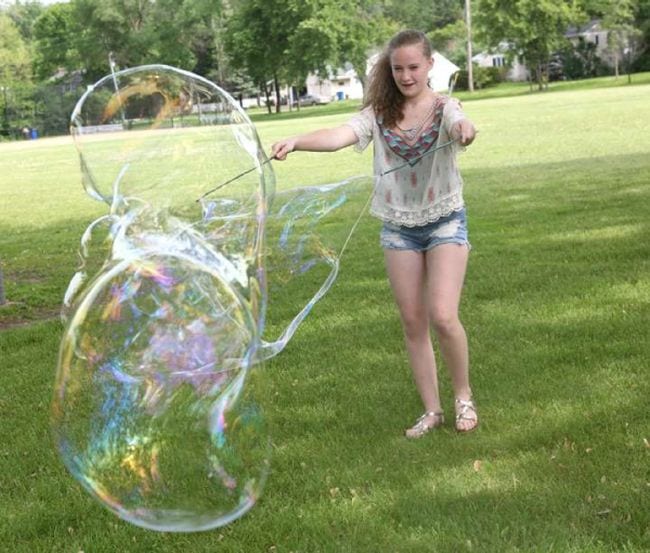
5. Blow the biggest bubbles you can
Add a few simple ingredients to dish soap solution to create the largest bubbles you’ve ever seen! Kids learn about surface tension as they engineer these bubble-blowing wands.
Learn more: Giant Soap Bubbles
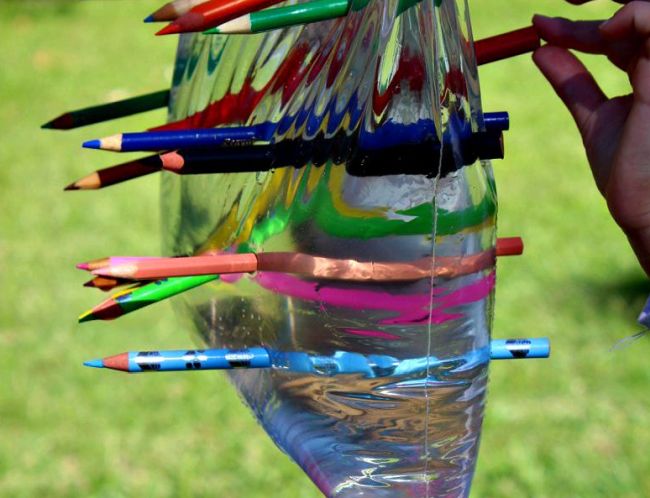
6. Demonstrate the “magic” leakproof bag
All you need is a zip-top plastic bag, sharp pencils, and water to blow your kids’ minds. Once they’re suitably impressed, teach them how the “trick” works by explaining the chemistry of polymers.
Learn more: Leakproof Bag
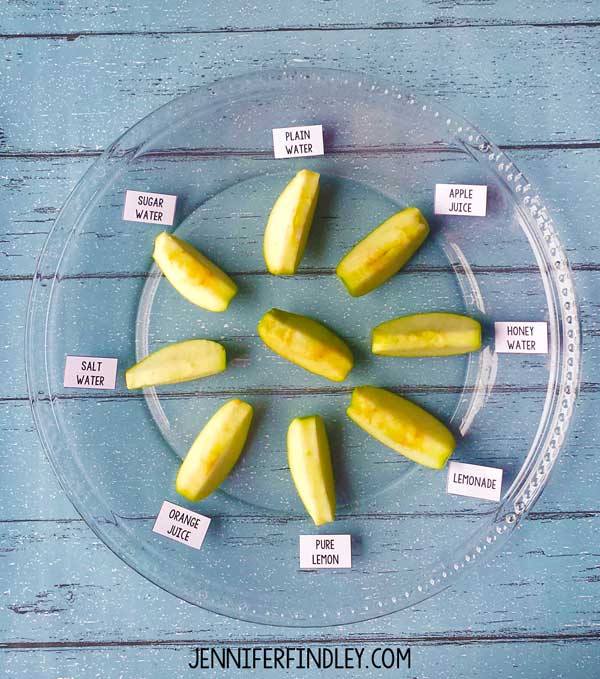
7. Use apple slices to learn about oxidation
Have students make predictions about what will happen to apple slices when immersed in different liquids, then put those predictions to the test. Have them record their observations.
Learn more: Apple Oxidation
8. Float a marker man
Their eyes will pop out of their heads when you “levitate” a stick figure right off the table! This experiment works due to the insolubility of dry-erase marker ink in water, combined with the lighter density of the ink.
Learn more: Floating Marker Man

9. Discover density with hot and cold water
There are a lot of easy science experiments you can do with density. This one is extremely simple, involving only hot and cold water and food coloring, but the visuals make it appealing and fun.
Learn more: Layered Water
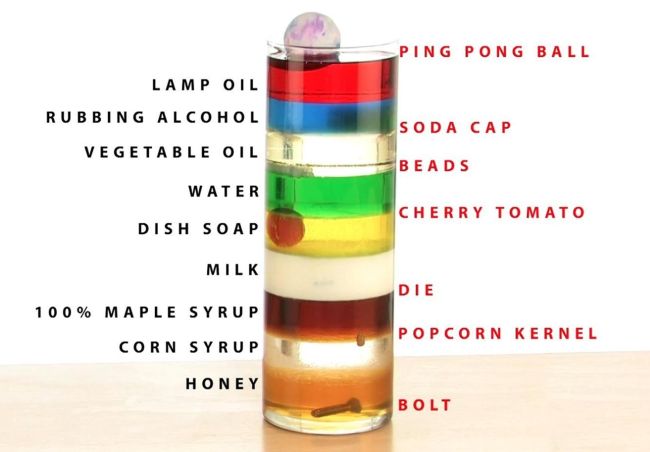
10. Layer more liquids
This density demo is a little more complicated, but the effects are spectacular. Slowly layer liquids like honey, dish soap, water, and rubbing alcohol in a glass. Kids will be amazed when the liquids float one on top of the other like magic (except it is really science).
Learn more: Layered Liquids
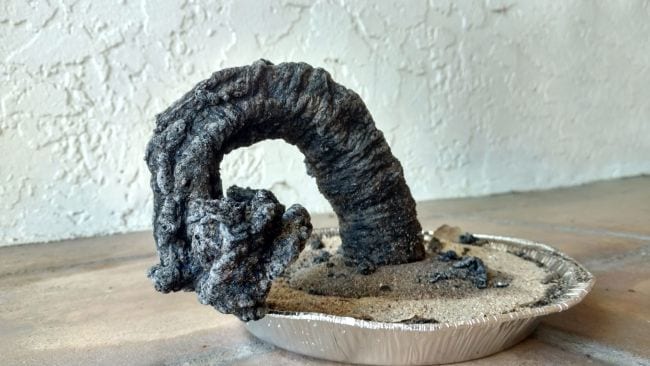
11. Grow a carbon sugar snake
Easy science experiments can still have impressive results! This eye-popping chemical reaction demonstration only requires simple supplies like sugar, baking soda, and sand.
Learn more: Carbon Sugar Snake
12. Mix up some slime
Tell kids you’re going to make slime at home, and watch their eyes light up! There are a variety of ways to make slime, so try a few different recipes to find the one you like best.
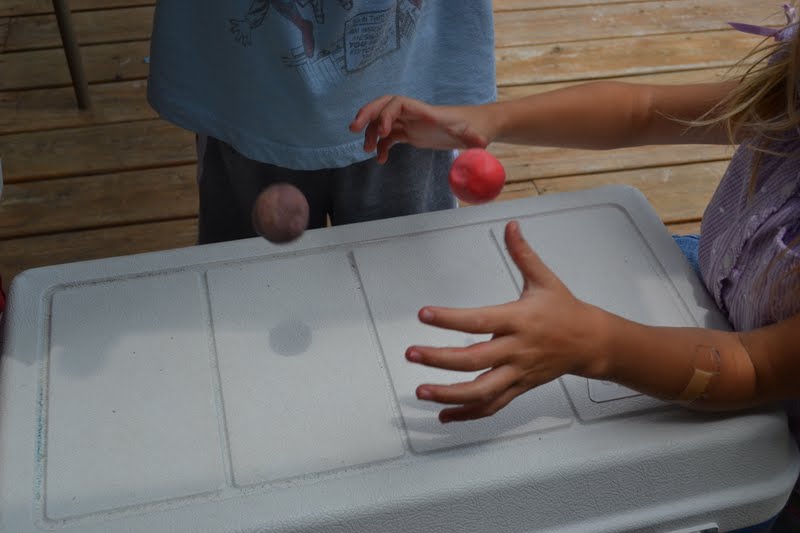
13. Make homemade bouncy balls
These homemade bouncy balls are easy to make since all you need is glue, food coloring, borax powder, cornstarch, and warm water. You’ll want to store them inside a container like a plastic egg because they will flatten out over time.
Learn more: Make Your Own Bouncy Balls

14. Create eggshell chalk
Eggshells contain calcium, the same material that makes chalk. Grind them up and mix them with flour, water, and food coloring to make your very own sidewalk chalk.
Learn more: Eggshell Chalk
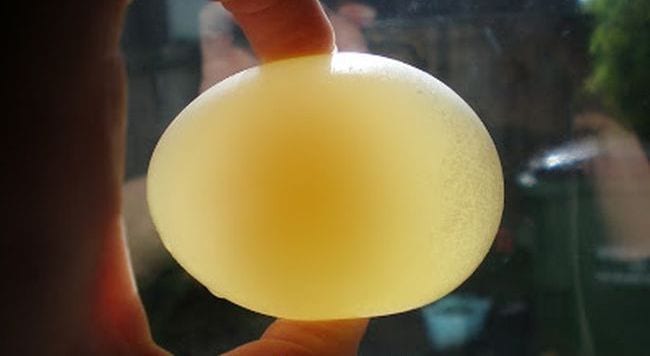
15. Make naked eggs
This is so cool! Use vinegar to dissolve the calcium carbonate in an eggshell to discover the membrane underneath that holds the egg together. Then, use the “naked” egg for another easy science experiment that demonstrates osmosis .
Learn more: Naked Egg Experiment
16. Turn milk into plastic
This sounds a lot more complicated than it is, but don’t be afraid to give it a try. Use simple kitchen supplies to create plastic polymers from plain old milk. Sculpt them into cool shapes when you’re done!
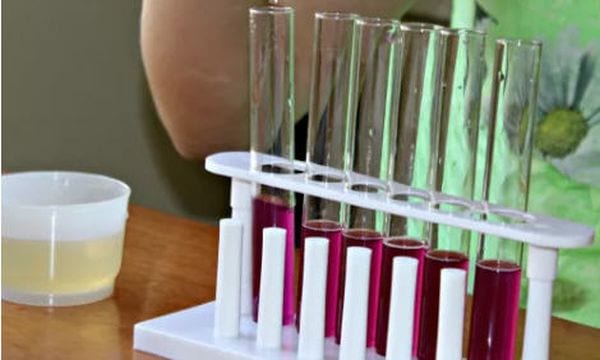
17. Test pH using cabbage
Teach kids about acids and bases without needing pH test strips! Simply boil some red cabbage and use the resulting water to test various substances—acids turn red and bases turn green.
Learn more: Cabbage pH
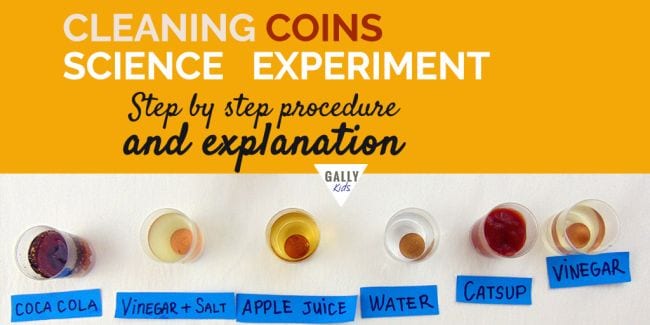
18. Clean some old coins
Use common household items to make old oxidized coins clean and shiny again in this simple chemistry experiment. Ask kids to predict (hypothesize) which will work best, then expand the learning by doing some research to explain the results.
Learn more: Cleaning Coins
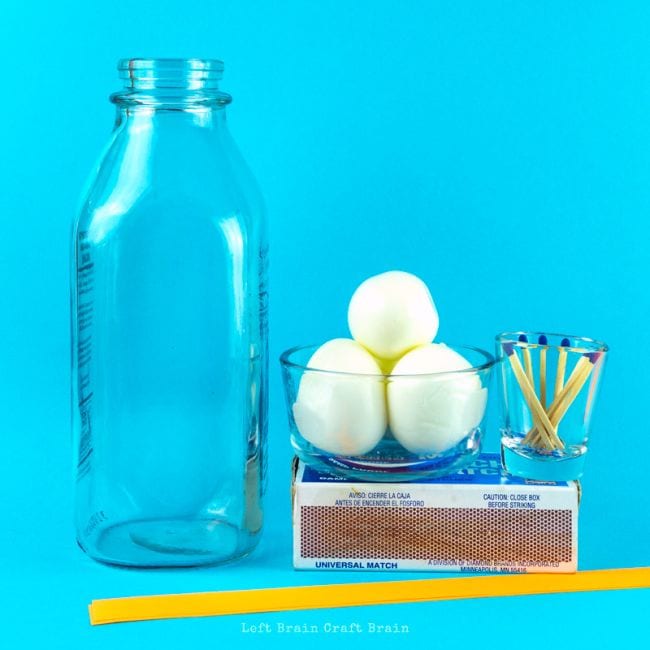
19. Pull an egg into a bottle
This classic easy science experiment never fails to delight. Use the power of air pressure to suck a hard-boiled egg into a jar, no hands required.
Learn more: Egg in a Bottle
20. Blow up a balloon (without blowing)
Chances are good you probably did easy science experiments like this when you were in school. The baking soda and vinegar balloon experiment demonstrates the reactions between acids and bases when you fill a bottle with vinegar and a balloon with baking soda.
21 Assemble a DIY lava lamp
This 1970s trend is back—as an easy science experiment! This activity combines acid-base reactions with density for a totally groovy result.
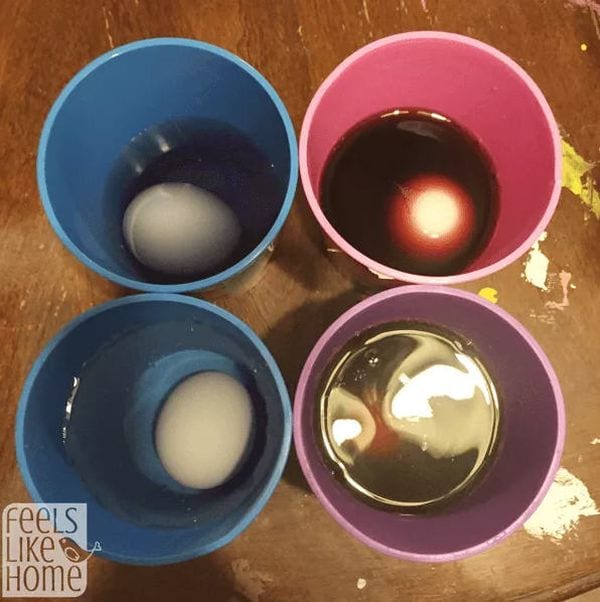
22. Explore how sugary drinks affect teeth
The calcium content of eggshells makes them a great stand-in for teeth. Use eggs to explore how soda and juice can stain teeth and wear down the enamel. Expand your learning by trying different toothpaste-and-toothbrush combinations to see how effective they are.
Learn more: Sugar and Teeth Experiment
23. Mummify a hot dog
If your kids are fascinated by the Egyptians, they’ll love learning to mummify a hot dog! No need for canopic jars , just grab some baking soda and get started.
24. Extinguish flames with carbon dioxide
This is a fiery twist on acid-base experiments. Light a candle and talk about what fire needs in order to survive. Then, create an acid-base reaction and “pour” the carbon dioxide to extinguish the flame. The CO2 gas acts like a liquid, suffocating the fire.

25. Send secret messages with invisible ink
Turn your kids into secret agents! Write messages with a paintbrush dipped in lemon juice, then hold the paper over a heat source and watch the invisible become visible as oxidation goes to work.
Learn more: Invisible Ink
26. Create dancing popcorn
This is a fun version of the classic baking soda and vinegar experiment, perfect for the younger crowd. The bubbly mixture causes popcorn to dance around in the water.
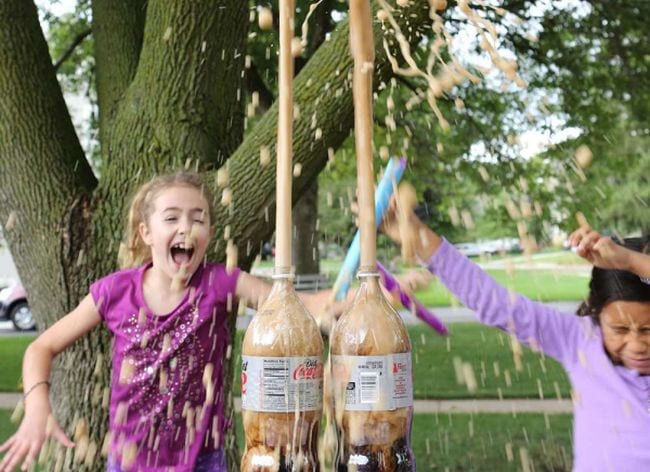
27. Shoot a soda geyser sky-high
You’ve always wondered if this really works, so it’s time to find out for yourself! Kids will marvel at the chemical reaction that sends diet soda shooting high in the air when Mentos are added.
Learn more: Soda Explosion
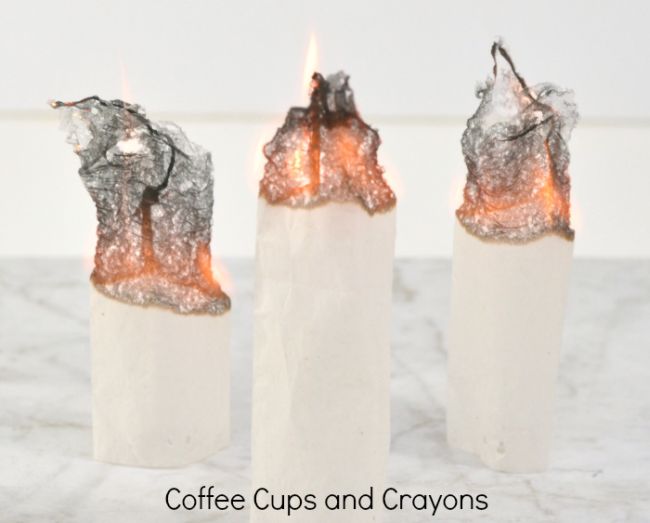
28. Send a teabag flying
Hot air rises, and this experiment can prove it! You’ll want to supervise kids with fire, of course. For more safety, try this one outside.
Learn more: Flying Tea Bags
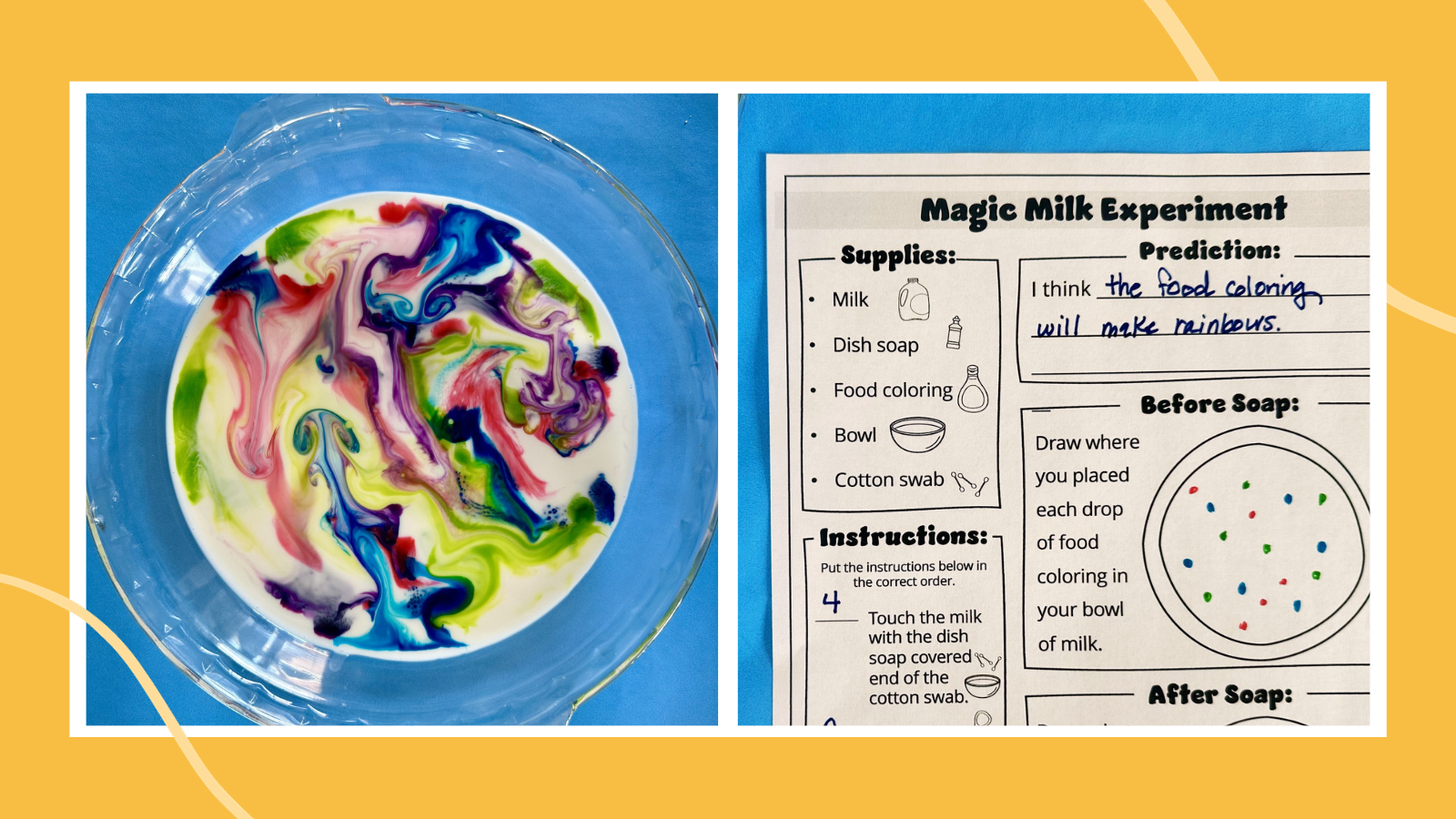
29. Create magic milk
This fun and easy science experiment demonstrates principles related to surface tension, molecular interactions, and fluid dynamics.
Learn more: Magic Milk Experiment
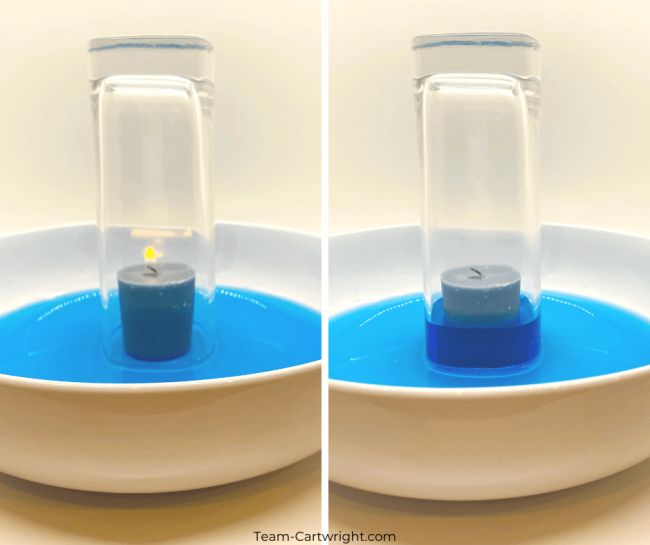
30. Watch the water rise
Learn about Charles’s Law with this simple experiment. As the candle burns, using up oxygen and heating the air in the glass, the water rises as if by magic.
Learn more: Rising Water
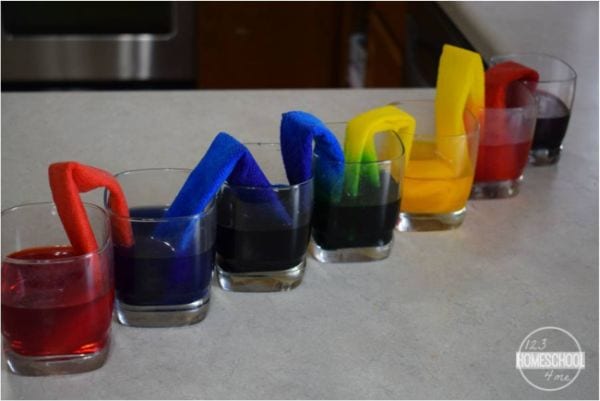
31. Learn about capillary action
Kids will be amazed as they watch the colored water move from glass to glass, and you’ll love the easy and inexpensive setup. Gather some water, paper towels, and food coloring to teach the scientific magic of capillary action.
Learn more: Capillary Action
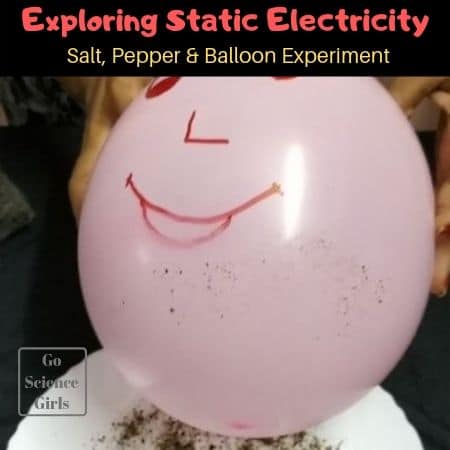
32. Give a balloon a beard
Equally educational and fun, this experiment will teach kids about static electricity using everyday materials. Kids will undoubtedly get a kick out of creating beards on their balloon person!
Learn more: Static Electricity
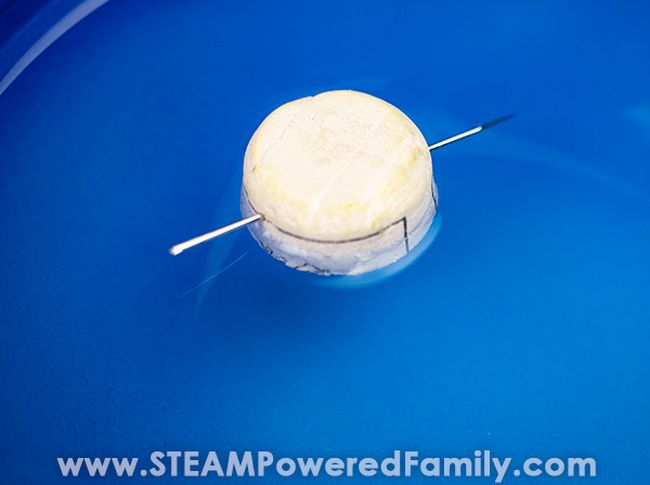
33. Find your way with a DIY compass
Here’s an old classic that never fails to impress. Magnetize a needle, float it on the water’s surface, and it will always point north.
Learn more: DIY Compass
34. Crush a can using air pressure
Sure, it’s easy to crush a soda can with your bare hands, but what if you could do it without touching it at all? That’s the power of air pressure!

35. Tell time using the sun
While people use clocks or even phones to tell time today, there was a time when a sundial was the best means to do that. Kids will certainly get a kick out of creating their own sundials using everyday materials like cardboard and pencils.
Learn more: Make Your Own Sundial
36. Launch a balloon rocket
Grab balloons, string, straws, and tape, and launch rockets to learn about the laws of motion.
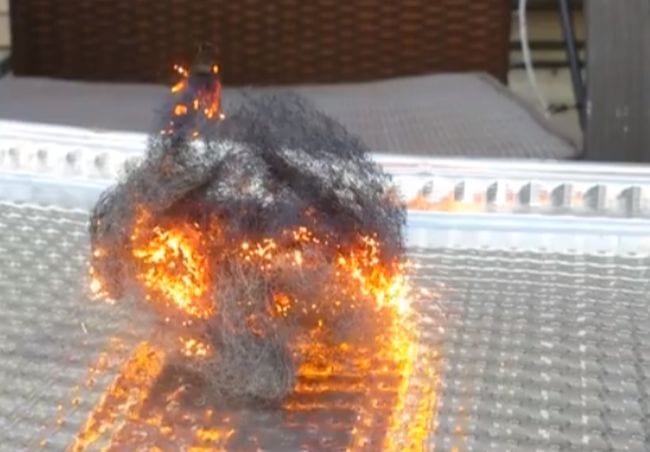
37. Make sparks with steel wool
All you need is steel wool and a 9-volt battery to perform this science demo that’s bound to make their eyes light up! Kids learn about chain reactions, chemical changes, and more.
Learn more: Steel Wool Electricity
38. Levitate a Ping-Pong ball
Kids will get a kick out of this experiment, which is really all about Bernoulli’s principle. You only need plastic bottles, bendy straws, and Ping-Pong balls to make the science magic happen.
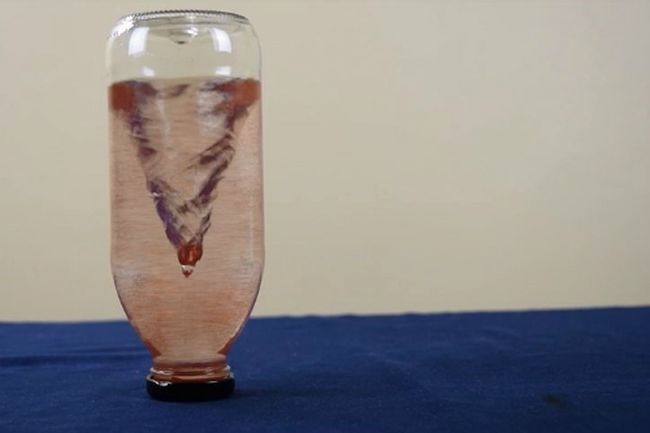
39. Whip up a tornado in a bottle
There are plenty of versions of this classic experiment out there, but we love this one because it sparkles! Kids learn about a vortex and what it takes to create one.
Learn more: Tornado in a Bottle
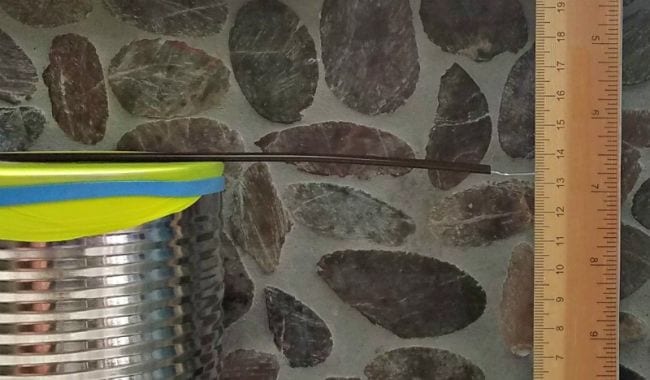
40. Monitor air pressure with a DIY barometer
This simple but effective DIY science project teaches kids about air pressure and meteorology. They’ll have fun tracking and predicting the weather with their very own barometer.
Learn more: DIY Barometer
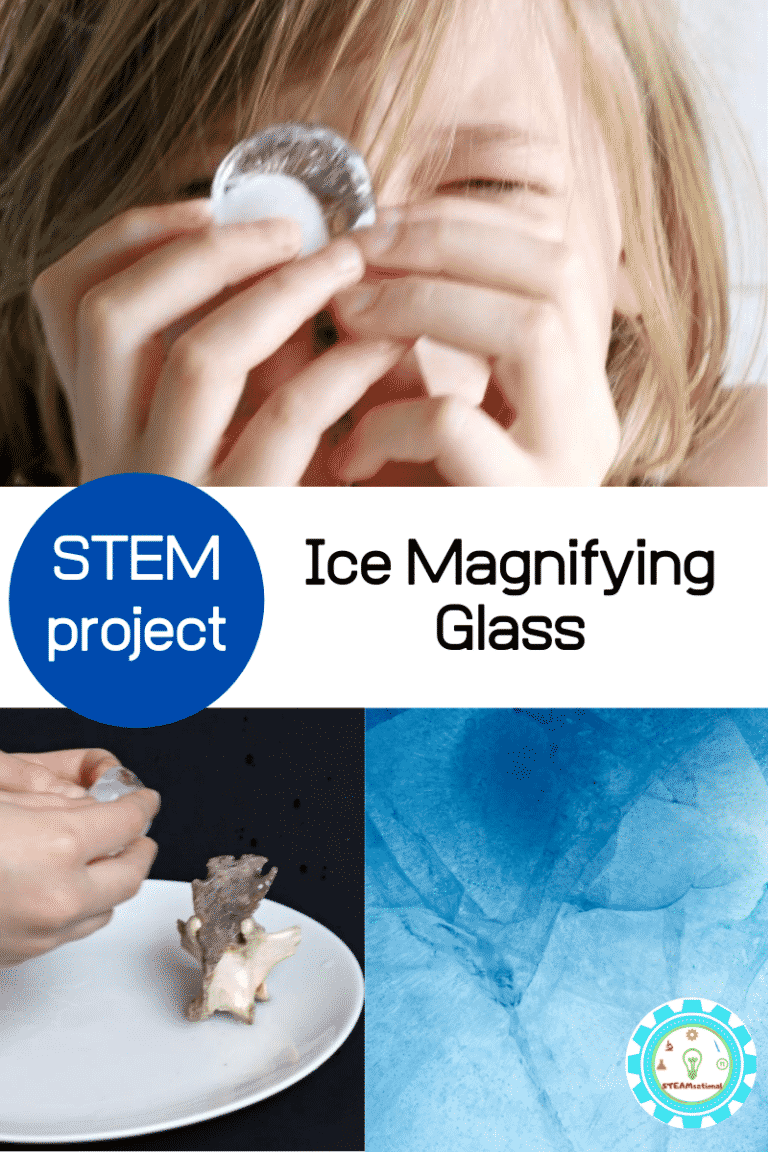
41. Peer through an ice magnifying glass
Students will certainly get a thrill out of seeing how an everyday object like a piece of ice can be used as a magnifying glass. Be sure to use purified or distilled water since tap water will have impurities in it that will cause distortion.
Learn more: Ice Magnifying Glass
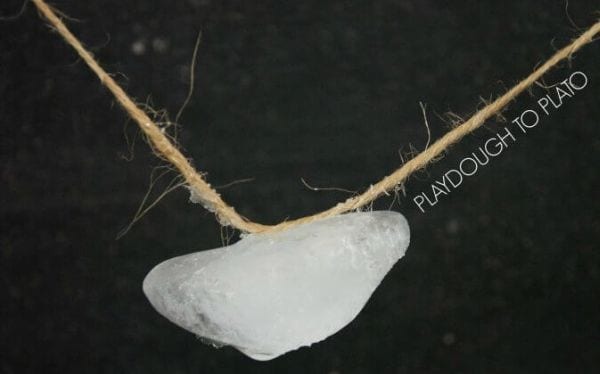
42. String up some sticky ice
Can you lift an ice cube using just a piece of string? This quick experiment teaches you how. Use a little salt to melt the ice and then refreeze the ice with the string attached.
Learn more: Sticky Ice
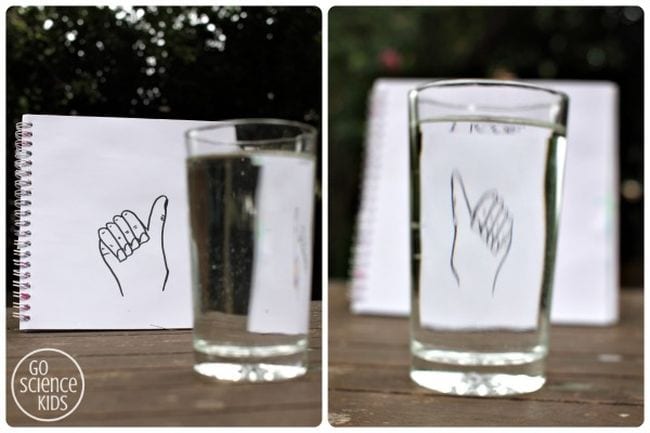
43. “Flip” a drawing with water
Light refraction causes some really cool effects, and there are multiple easy science experiments you can do with it. This one uses refraction to “flip” a drawing; you can also try the famous “disappearing penny” trick .
Learn more: Light Refraction With Water
44. Color some flowers
We love how simple this project is to re-create since all you’ll need are some white carnations, food coloring, glasses, and water. The end result is just so beautiful!
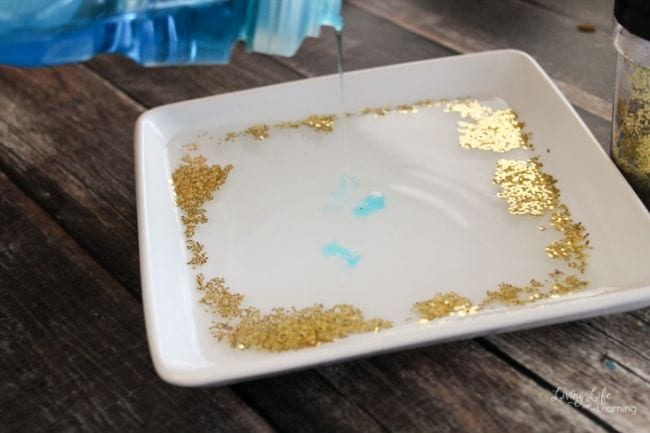
45. Use glitter to fight germs
Everyone knows that glitter is just like germs—it gets everywhere and is so hard to get rid of! Use that to your advantage and show kids how soap fights glitter and germs.
Learn more: Glitter Germs
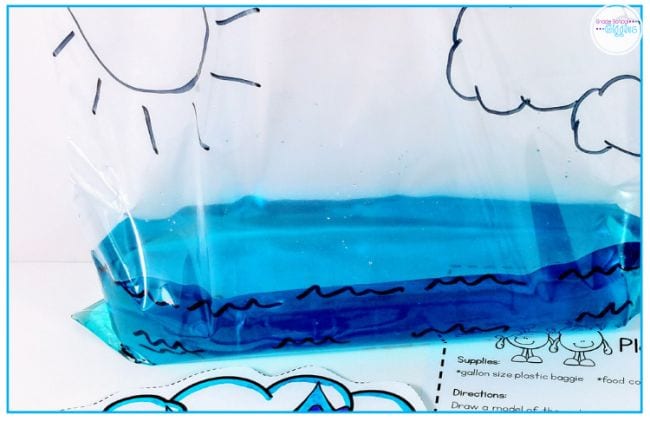
46. Re-create the water cycle in a bag
You can do so many easy science experiments with a simple zip-top bag. Fill one partway with water and set it on a sunny windowsill to see how the water evaporates up and eventually “rains” down.
Learn more: Water Cycle
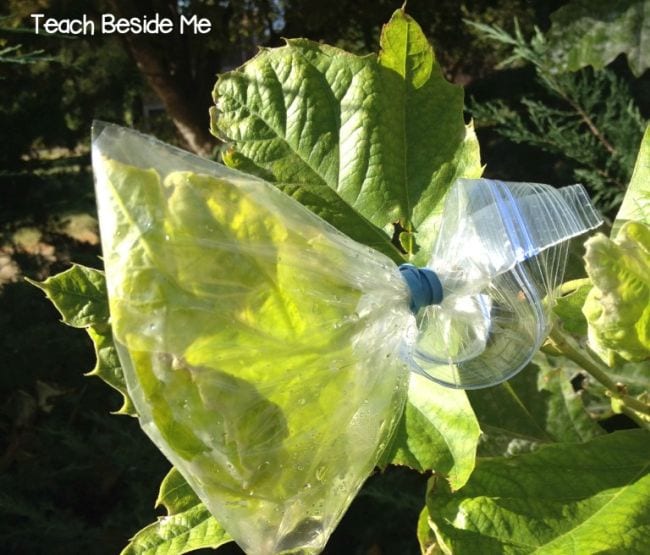
47. Learn about plant transpiration
Your backyard is a terrific place for easy science experiments. Grab a plastic bag and rubber band to learn how plants get rid of excess water they don’t need, a process known as transpiration.
Learn more: Plant Transpiration
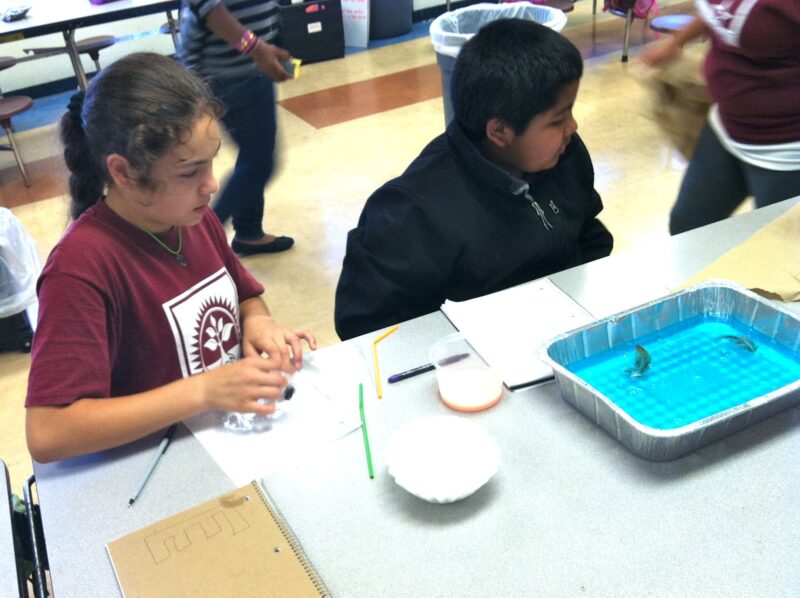
48. Clean up an oil spill
Before conducting this experiment, teach your students about engineers who solve environmental problems like oil spills. Then, have your students use provided materials to clean the oil spill from their oceans.
Learn more: Oil Spill
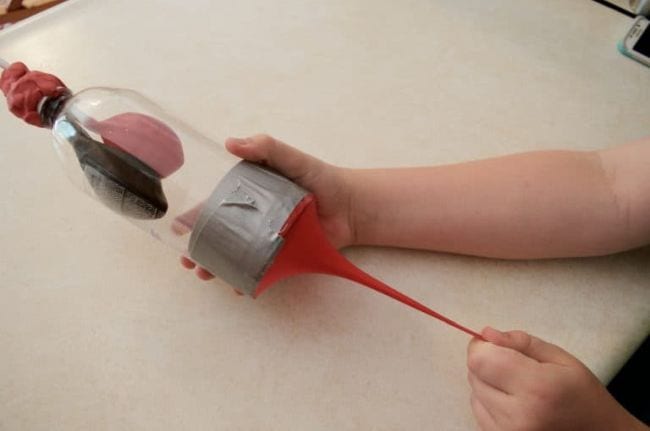
49. Construct a pair of model lungs
Kids get a better understanding of the respiratory system when they build model lungs using a plastic water bottle and some balloons. You can modify the experiment to demonstrate the effects of smoking too.
Learn more: Model Lungs
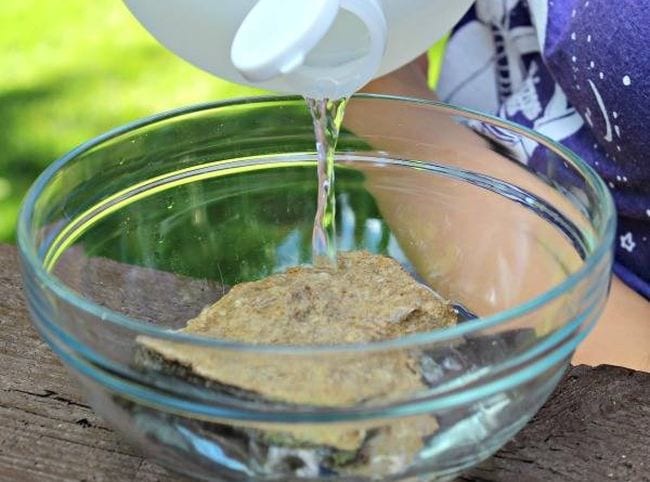
50. Experiment with limestone rocks
Kids love to collect rocks, and there are plenty of easy science experiments you can do with them. In this one, pour vinegar over a rock to see if it bubbles. If it does, you’ve found limestone!
Learn more: Limestone Experiments
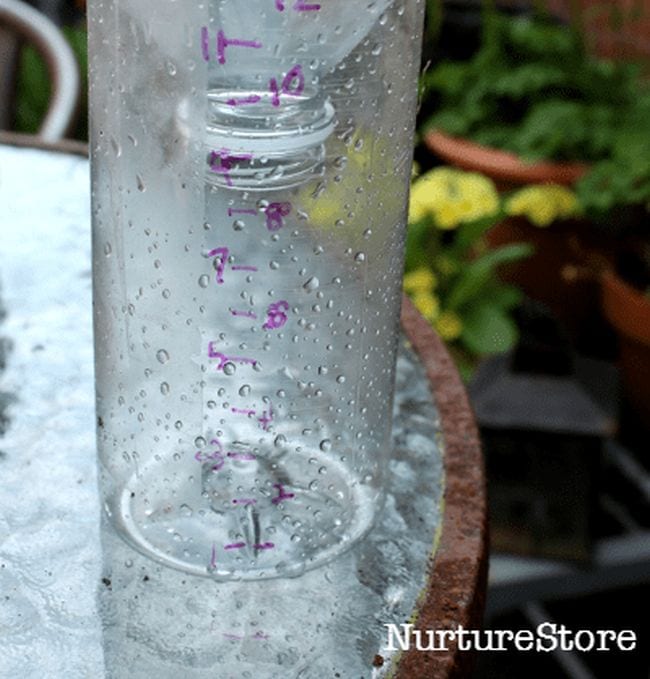
51. Turn a bottle into a rain gauge
All you need is a plastic bottle, a ruler, and a permanent marker to make your own rain gauge. Monitor your measurements and see how they stack up against meteorology reports in your area.
Learn more: DIY Rain Gauge
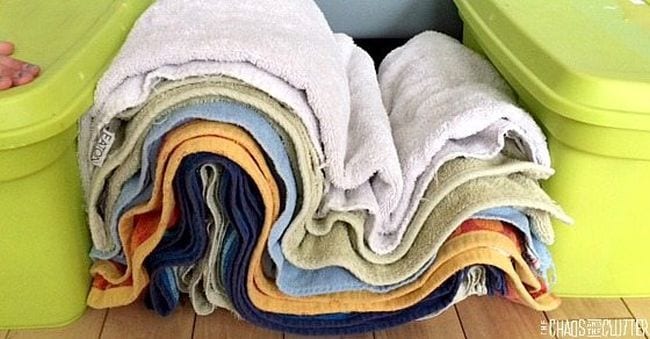
52. Build up towel mountains
This clever demonstration helps kids understand how some landforms are created. Use layers of towels to represent rock layers and boxes for continents. Then pu-u-u-sh and see what happens!
Learn more: Towel Mountains
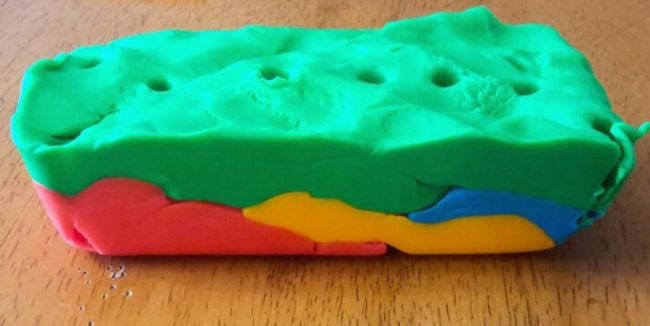
53. Take a play dough core sample
Learn about the layers of the earth by building them out of Play-Doh, then take a core sample with a straw. ( Love Play-Doh? Get more learning ideas here. )
Learn more: Play Dough Core Sampling
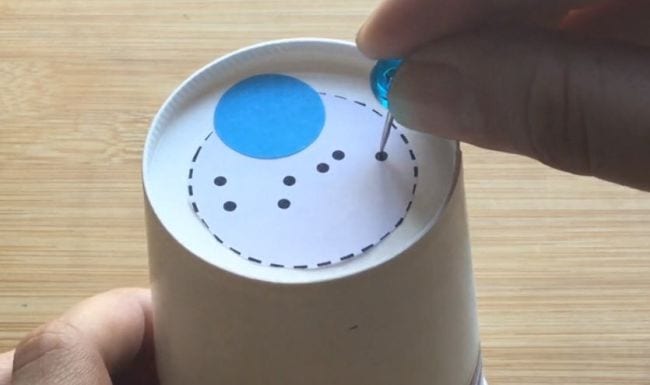
54. Project the stars on your ceiling
Use the video lesson in the link below to learn why stars are only visible at night. Then create a DIY star projector to explore the concept hands-on.
Learn more: DIY Star Projector
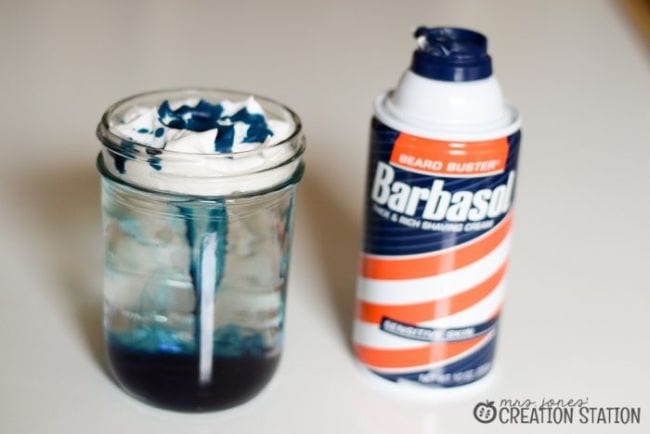
55. Make it rain
Use shaving cream and food coloring to simulate clouds and rain. This is an easy science experiment little ones will beg to do over and over.
Learn more: Shaving Cream Rain
56. Blow up your fingerprint
This is such a cool (and easy!) way to look at fingerprint patterns. Inflate a balloon a bit, use some ink to put a fingerprint on it, then blow it up big to see your fingerprint in detail.
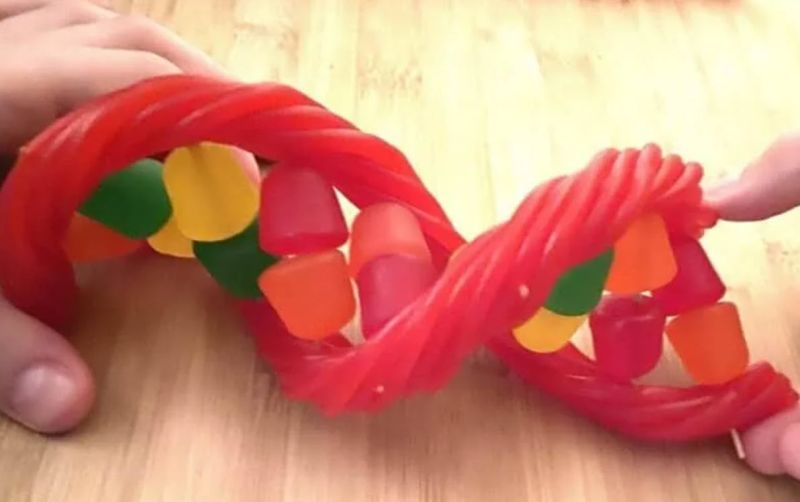
57. Snack on a DNA model
Twizzlers, gumdrops, and a few toothpicks are all you need to make this super-fun (and yummy!) DNA model.
Learn more: Edible DNA Model
58. Dissect a flower
Take a nature walk and find a flower or two. Then bring them home and take them apart to discover all the different parts of flowers.
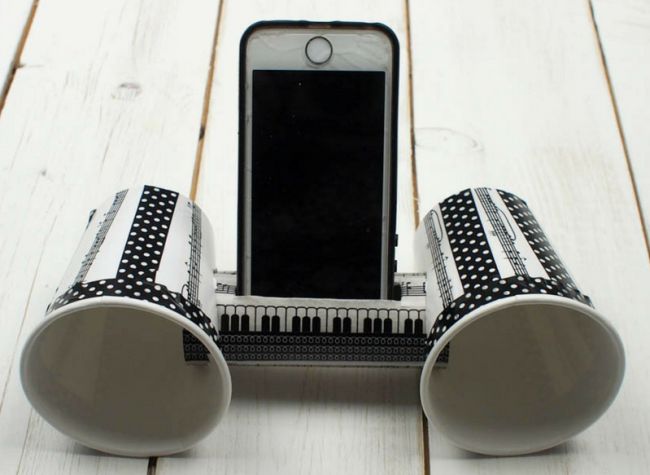
59. Craft smartphone speakers
No Bluetooth speaker? No problem! Put together your own from paper cups and toilet paper tubes.
Learn more: Smartphone Speakers
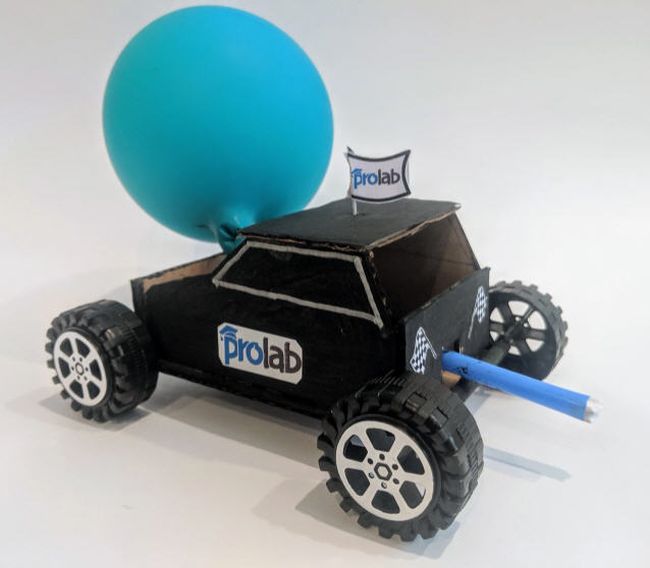
60. Race a balloon-powered car
Kids will be amazed when they learn they can put together this awesome racer using cardboard and bottle-cap wheels. The balloon-powered “engine” is so much fun too.
Learn more: Balloon-Powered Car
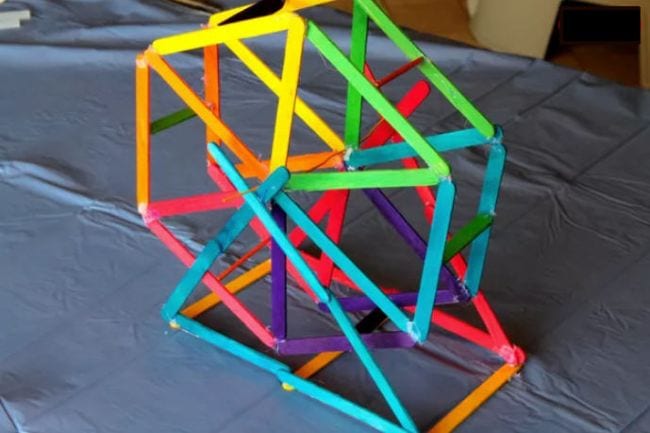
61. Build a Ferris wheel
You’ve probably ridden on a Ferris wheel, but can you build one? Stock up on wood craft sticks and find out! Play around with different designs to see which one works best.
Learn more: Craft Stick Ferris Wheel
62. Design a phone stand
There are lots of ways to craft a DIY phone stand, which makes this a perfect creative-thinking STEM challenge.
63. Conduct an egg drop
Put all their engineering skills to the test with an egg drop! Challenge kids to build a container from stuff they find around the house that will protect an egg from a long fall (this is especially fun to do from upper-story windows).
Learn more: Egg Drop Challenge Ideas
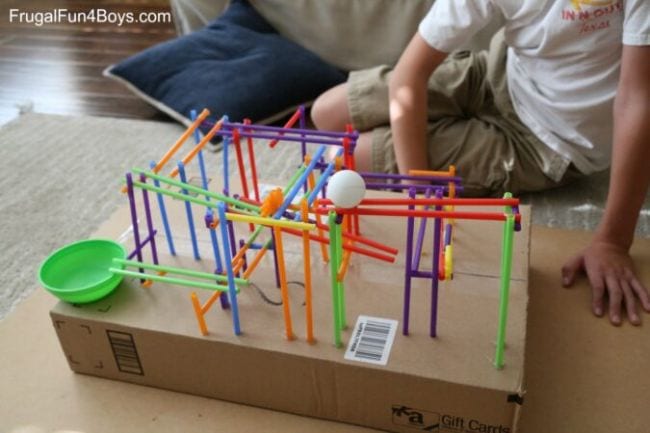
64. Engineer a drinking-straw roller coaster
STEM challenges are always a hit with kids. We love this one, which only requires basic supplies like drinking straws.
Learn more: Straw Roller Coaster
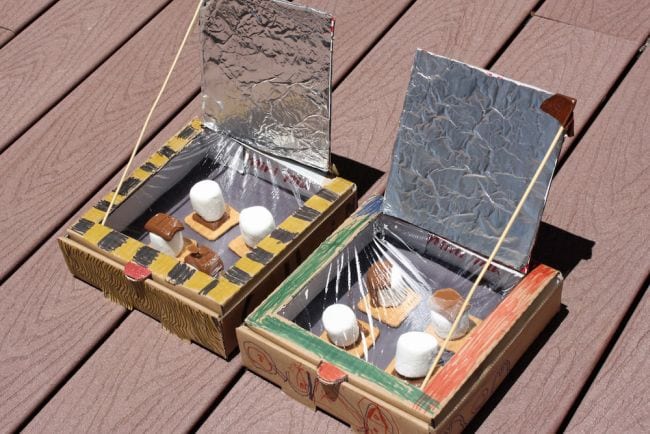
65. Build a solar oven
Explore the power of the sun when you build your own solar ovens and use them to cook some yummy treats. This experiment takes a little more time and effort, but the results are always impressive. The link below has complete instructions.
Learn more: Solar Oven
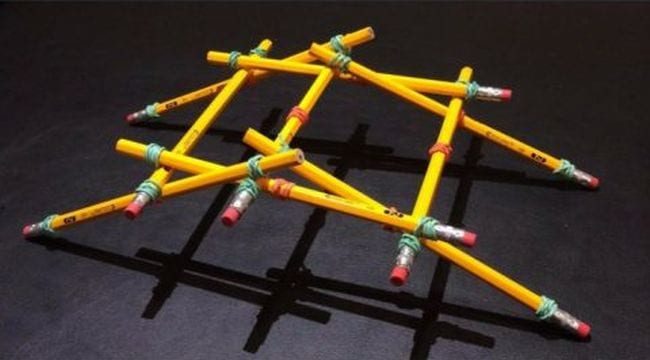
66. Build a Da Vinci bridge
There are plenty of bridge-building experiments out there, but this one is unique. It’s inspired by Leonardo da Vinci’s 500-year-old self-supporting wooden bridge. Learn how to build it at the link, and expand your learning by exploring more about Da Vinci himself.
Learn more: Da Vinci Bridge
67. Step through an index card
This is one easy science experiment that never fails to astonish. With carefully placed scissor cuts on an index card, you can make a loop large enough to fit a (small) human body through! Kids will be wowed as they learn about surface area.
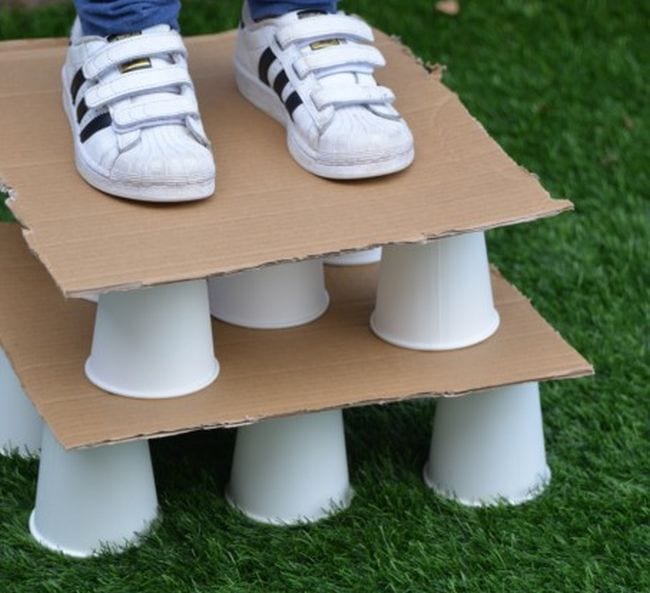
68. Stand on a pile of paper cups
Combine physics and engineering and challenge kids to create a paper cup structure that can support their weight. This is a cool project for aspiring architects.
Learn more: Paper Cup Stack
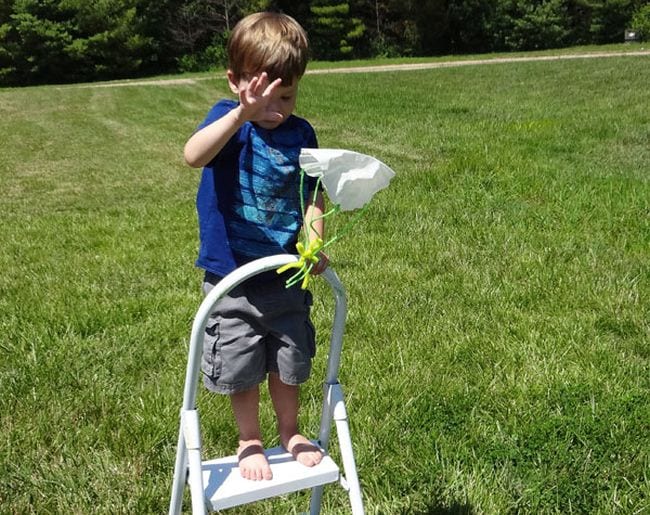
69. Test out parachutes
Gather a variety of materials (try tissues, handkerchiefs, plastic bags, etc.) and see which ones make the best parachutes. You can also find out how they’re affected by windy days or find out which ones work in the rain.
Learn more: Parachute Drop

70. Recycle newspapers into an engineering challenge
It’s amazing how a stack of newspapers can spark such creative engineering. Challenge kids to build a tower, support a book, or even build a chair using only newspaper and tape!
Learn more: Newspaper STEM Challenge
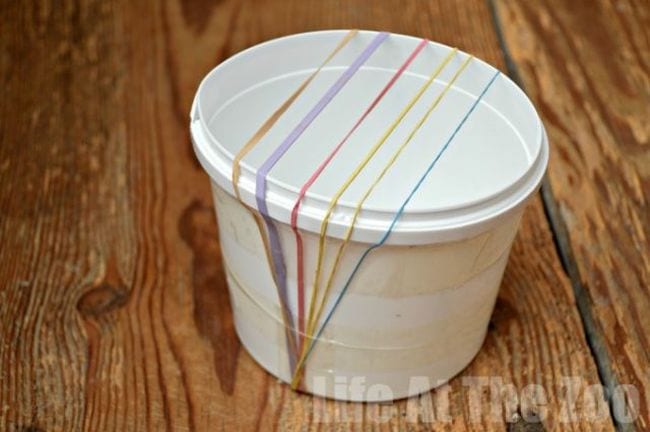
71. Use rubber bands to sound out acoustics
Explore the ways that sound waves are affected by what’s around them using a simple rubber band “guitar.” (Kids absolutely love playing with these!)
Learn more: Rubber Band Guitar
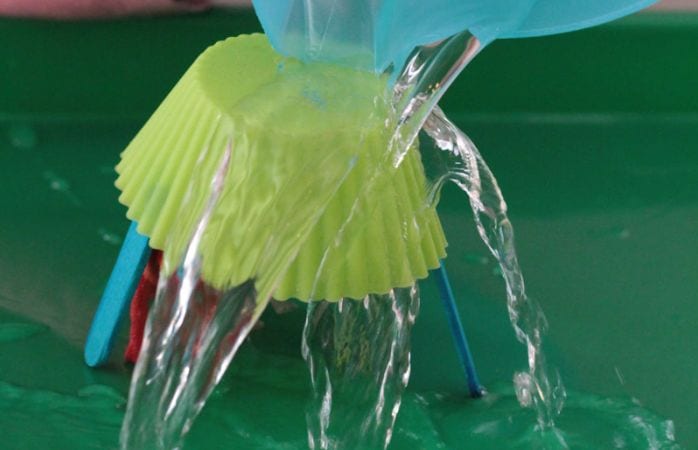
72. Assemble a better umbrella
Challenge students to engineer the best possible umbrella from various household supplies. Encourage them to plan, draw blueprints, and test their creations using the scientific method.
Learn more: Umbrella STEM Challenge
Plus, sign up for our newsletters to get all the latest learning ideas straight to your inbox.
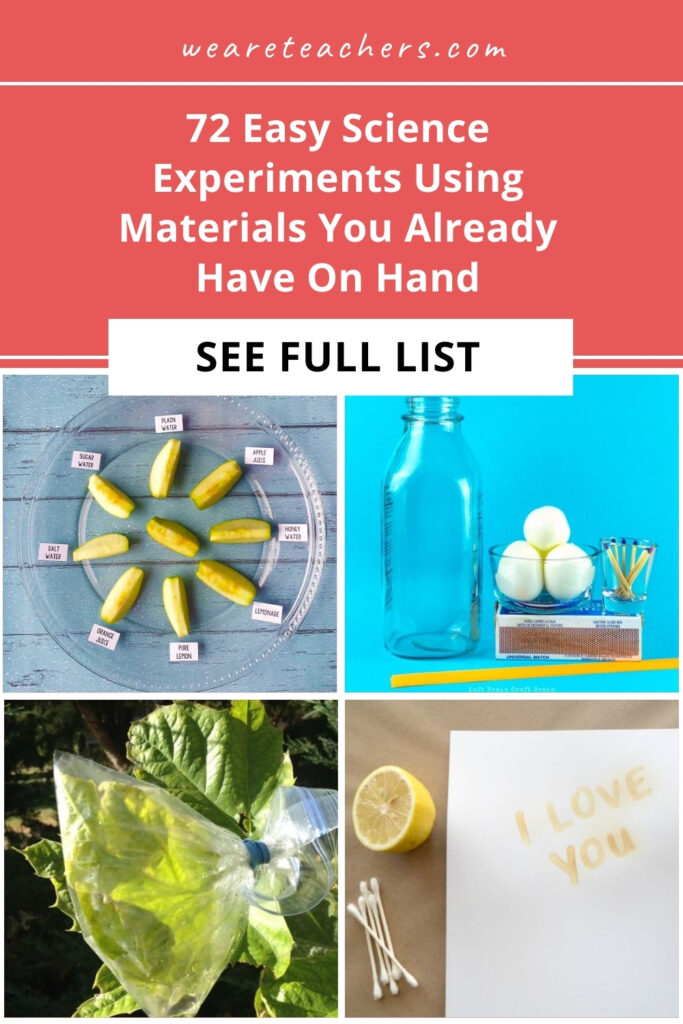
You Might Also Like
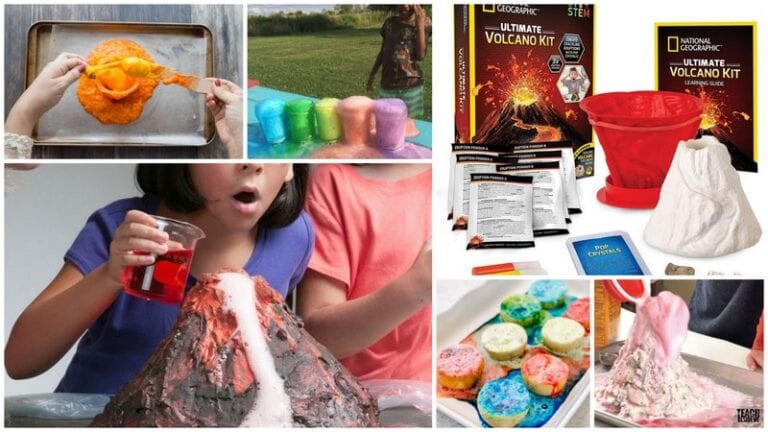
16 Red-Hot Volcano Science Experiments and Kits For Classrooms or Science Fairs
Kids will erupt with excitement! Continue Reading
Copyright © 2024. All rights reserved. 5335 Gate Parkway, Jacksonville, FL 32256
Sciencing_Icons_Science SCIENCE
Sciencing_icons_biology biology, sciencing_icons_cells cells, sciencing_icons_molecular molecular, sciencing_icons_microorganisms microorganisms, sciencing_icons_genetics genetics, sciencing_icons_human body human body, sciencing_icons_ecology ecology, sciencing_icons_chemistry chemistry, sciencing_icons_atomic & molecular structure atomic & molecular structure, sciencing_icons_bonds bonds, sciencing_icons_reactions reactions, sciencing_icons_stoichiometry stoichiometry, sciencing_icons_solutions solutions, sciencing_icons_acids & bases acids & bases, sciencing_icons_thermodynamics thermodynamics, sciencing_icons_organic chemistry organic chemistry, sciencing_icons_physics physics, sciencing_icons_fundamentals-physics fundamentals, sciencing_icons_electronics electronics, sciencing_icons_waves waves, sciencing_icons_energy energy, sciencing_icons_fluid fluid, sciencing_icons_astronomy astronomy, sciencing_icons_geology geology, sciencing_icons_fundamentals-geology fundamentals, sciencing_icons_minerals & rocks minerals & rocks, sciencing_icons_earth scructure earth structure, sciencing_icons_fossils fossils, sciencing_icons_natural disasters natural disasters, sciencing_icons_nature nature, sciencing_icons_ecosystems ecosystems, sciencing_icons_environment environment, sciencing_icons_insects insects, sciencing_icons_plants & mushrooms plants & mushrooms, sciencing_icons_animals animals, sciencing_icons_math math, sciencing_icons_arithmetic arithmetic, sciencing_icons_addition & subtraction addition & subtraction, sciencing_icons_multiplication & division multiplication & division, sciencing_icons_decimals decimals, sciencing_icons_fractions fractions, sciencing_icons_conversions conversions, sciencing_icons_algebra algebra, sciencing_icons_working with units working with units, sciencing_icons_equations & expressions equations & expressions, sciencing_icons_ratios & proportions ratios & proportions, sciencing_icons_inequalities inequalities, sciencing_icons_exponents & logarithms exponents & logarithms, sciencing_icons_factorization factorization, sciencing_icons_functions functions, sciencing_icons_linear equations linear equations, sciencing_icons_graphs graphs, sciencing_icons_quadratics quadratics, sciencing_icons_polynomials polynomials, sciencing_icons_geometry geometry, sciencing_icons_fundamentals-geometry fundamentals, sciencing_icons_cartesian cartesian, sciencing_icons_circles circles, sciencing_icons_solids solids, sciencing_icons_trigonometry trigonometry, sciencing_icons_probability-statistics probability & statistics, sciencing_icons_mean-median-mode mean/median/mode, sciencing_icons_independent-dependent variables independent/dependent variables, sciencing_icons_deviation deviation, sciencing_icons_correlation correlation, sciencing_icons_sampling sampling, sciencing_icons_distributions distributions, sciencing_icons_probability probability, sciencing_icons_calculus calculus, sciencing_icons_differentiation-integration differentiation/integration, sciencing_icons_application application, sciencing_icons_projects projects, sciencing_icons_news news.
- Share Tweet Email Print
- Home ⋅
- Science Fair Project Ideas for Kids, Middle & High School Students ⋅
High School Science Experiments With Plants
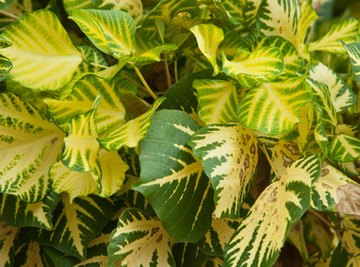
Why Do Plants Need Water in Photosynthesis?
High school science experiments can be designed to inform students about the different aspects of plant life. Experiments that promote critical thinking and reflection allow students to develop theories about different areas of biology and botany. Students can study the structural parts of the plant, functional aspects and reproductive factors of plants.
How Does Temperature Affect the Xylem in Tomato Plants?
This experiment involves testing the size of the xylem in Roma tomato plants when exposed to different temperatures. Students need six Roma tomato plants, six pots, planting soil, a small and large beaker, blue dye, water, ice, heat lamp, microscope and thermometer. Add soil to the pots and put the plants into the pots, burying the roots. Place the six pots in six different locations--under a heat lamp, in the shade, in the sun, in the fridge, in the freezer and in ice. Give each plant 300 ml of water containing 25 ml of blue dye each day. Observe the plants over three weeks and record observations. After three weeks, cut off a piece of each plant 2 inches from the root and examine the xylem under a microscope. Students note the size of the xylem of the six plants and draw conclusions about temperature effects on xylem.
Can a Plant Grow From the Top of a Carrot?
The carrot-top experiment involves students researching whether a plant can grow and get the nutrients needed from a carrot top. Students need four carrots and a shallow container. First, cut off the top of the carrot about a half-inch away from the leaves. Carefully cut the leaves off the top, keeping it close to the base. Place the carrots in the container with the cut side facing downward and add water to cover half the carrot top. Put the container into a well-lit windowsill and observe the carrot tops daily for any changes. Use a ruler to measure the growth of leaves or roots out of the tops and record the data in a table. Continue the experiment for a week and draw conclusions based on reasons for the growth of leaves from the tops.
How Do Some Plants Grow by Themselves?
This experiment allows students to study asexual reproduction by vegetative propagation. Students learn about the different asexual organs and their functions in specific plants. Students need two 1-liter jars, scissors, distilled water and a geranium plant. First, fill the jars to three-quarters with distilled water. Cut four healthy stems with leaves from the geranium plant. Place two stems with the cut ends facing down into each jar. Put the jars into direct sunlight on a windowsill. Make observations about the cut ends of the stems every day for two to three weeks. Students see roots growing from the ends of the stem, which can later be planted and will grow into a new geranium plant. This experiment allows students to investigate the concept of asexual reproduction, and they later can observe the new plant become identical to the parent plant.
Related Articles
Science plant experiments, how to grow a plant from a bean as a science project, photosynthesis lab experiments, what type of bean seeds to use for a science experiment, ideas for a science fair project using kool-aid, experiment ideas using the scientific method, how to make a rosemary topiary, science fair projects about growing beans and the life..., science fair on how vitamin c & ibuprofen affect plant..., science projects for cut flowers, how to make an ecosystem for kids with pop bottles, osmosis science activities for kids, cool science project ideas for k-4th grade, science projects on teaching evaporation & condensation, cause & effect science projects, two week science projects, thermal energy science experiments for kids.
- Hot Chalk: Carrot tops
- Science Buddies: Plant Biology Project Ideas
About the Author
Amanda Wehner is a primary teacher with a Master of Teaching degree. Her dissertation focused on researching the current crisis amongst boys and literacy skills. Before completing her research, Wehner had received an undergraduate degree with a double major in psychology and biology.
Photo Credits
Plants image by Degitail Imaging from Fotolia.com
Find Your Next Great Science Fair Project! GO
Models of Excellence
The center for high-quality student work.
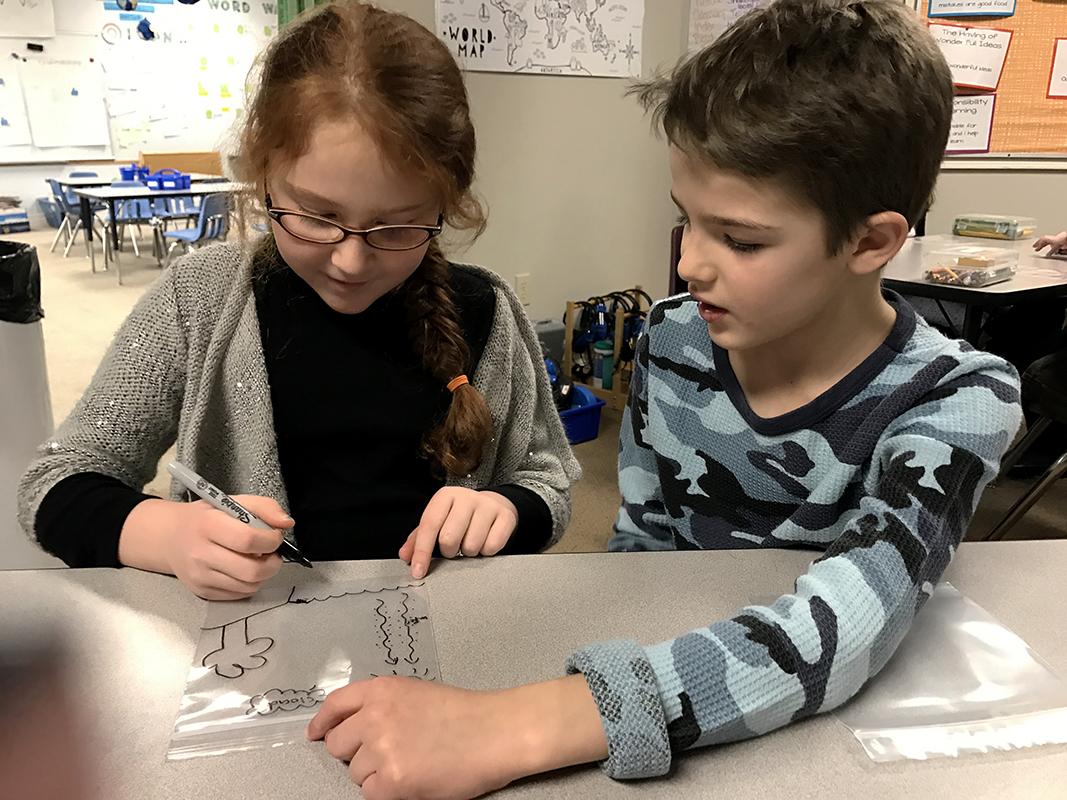
Getting to Know H20
School: Palouse Prairie Charter School
City/State: Moscow , ID
Grade(s): 1, 2
Format(s): Video: PSA
Subject(s): English Language Arts, Science and Technology
Project Overview
First and 2nd-grade crews at Palouse Prairie Charter School dove into a study of water. They learned about the states of matter and made connections to the different properties of water. They conducted experiments to observe how temperature causes matter to change forms. With this knowledge, they were able to develop an understanding of the water cycle. They discovered that while the earth is covered in water, only 1% is available for drinking.
Students then gathered information about local water sources and the ways in which water is used. Through fieldwork to the water department and close reads, students learned about the local water supply. Knowing that we have a limited supply of water and that it is a necessary resource students then turned their attention to learning about ways that the community can conserve water and protect our aquifer. Students used their knowledge to create public service announcements (PSA's) for the local radio station KRFP to encourage citizens of Moscow to save water.
Please download the zipped file to hear PSA's from nine of the students.
How This Project Can Be Useful
- Provides a number of PSA (voice recordings) for teachers and students to listen to and discuss
- Highlights a path to connect study in the classroom to authentic community action
- Demonstrates how even younger students can create an effective message

Midland Primary and High School’s Grade 7 learners impress at market day
Sandra matangira, grade 7 class and ems teacher, said learners set up stalls, offering a wide array of tasty treats..

The Grade 7 learners from Midland Primary and High School (MPHS) put their entrepreneurial skills to the test at their annual market day, a practical component of their curriculum aimed at teaching valuable business and life skills.
Read more: Glen Austin High market day forms part of the school’s curriculum
Learners set up vibrant stalls, offering a wide array of tasty treats, from classic snacks to creative new dishes. Through strategic planning, creativity, and collaboration, they managed their own small businesses, taking on roles in finance, marketing, and customer service on August 30.

Grade 7 class and economics and management science (EMS) teacher Sandra Matangira said the day was a resounding success, with learners, teachers, and parents all enjoying a variety of food and the lively atmosphere.
Also read: Upcoming Grade Town moves from Midrand to Fourways Farmers Market
“This event provides a great platform for our learners to apply what they have learned in class to real-world scenarios. It helps them develop key skills in entrepreneurship, teamwork, and communication, setting them up for future success. The event also showcased the learners’ abilities, and underscored the value of hands-on learning,” said Matangira.

She said MPHS remains committed to offering innovative and engaging educational programs that empower students to achieve their full potential.
Follow us on our Facebook , X , Instagram and TikTok pages. Join our WhatsApp group for any story ideas you may have.
Related article: Market Day filled with fun and excitement
Print Content
New jerusalem children’s home calls for assistance in roofing classrooms in midrand, related articles.

Second instalment of cleanup Midrand targets Tamboti Road, towards R55

Local learners bring science to life with hands-on experiments

City of Ekurhuleni claims exposed manhole in Glen Austin fixed

Members of a syndicate involved in multi-million rand fraud arrested in Midrand
- Skip to primary navigation
- Skip to main content
- 110 Baker St. Moscow, ID 83843
- 208.882.1226
A Classical & Christ-Centered Education

IMAGES
VIDEO
COMMENTS
Feb 6, 2024. The cool thing about high school science fair projects is that kids are old enough to tackle some pretty amazing concepts. Some science experiments for high school are just advanced versions of simpler projects they did when they were younger, with detailed calculations or fewer instructions. Other projects involve fire, chemicals ...
26. Film Canister Explosions. Prepare for a blast of excitement and chemistry with the high school science experiment - "Film Canister Explosions!". This project teaches students about chemical reactions and pressure build-up. Learn more: Steve Spangler.
High School Science Projects. (648 results) Science Buddies' high school science projects are the perfect way for high school students to have fun exploring science, technology, engineering, and math (STEM). Our high school projects are written and tested by scientists and are specifically created for use by students in the high school grades.
You'll simply need a potato, salt, and water. 2. Making a Homemade Volcano. This iconic activity ranks among the top 10 science projects for high school students. With household items like baking soda and vinegar, they can witness a lava-like eruption from a chemical reaction. 3. Exploring Density with Oil and Water.
Our high school projects are written and tested by scientists and are specifically created for use by students in the high school grades. Students can choose to follow the science experiment as written or put their own spin on the project. For a personalized list of science projects, high schoolers can use the Science Buddies Topic Selection ...
Make a Hygrometer to Measure Humidity - STEM activity. Hydroponics in a 2-Liter Soda Bottle - STEM activity. Uncover the inner workings of reactions, mixtures, and chemical phenomena through exciting experiments. Explore classic and cutting-edge high school science experiments in this collection of top-quality science investigations.
28. Make Homemade Fly Trap. EASY DIY Fly Trap. Watch on. Delve into the fascinating world of insects with the high school science experiment - "Make Homemade Fly Trap!". This captivating project invites students to explore the principles of pest control and observe the behavior of flies. 29.
In this article, we will explore 15 of the best science experiments that are perfect for high school students. 1. Electrolysis of Water: Explore the process of water electrolysis and demonstrate how water can be split into hydrogen and oxygen gases. 2.
Previous Award-Winning High School Science Fair Projects, Organized by Grade. For an even more comprehensive high school science fair projects, check out the examples below of award-winning topics in each grade level. 9th Grade. Noninvasive Blood Glucose Concentration Monitoring via Interferometry and Thermal Technology
Science Project Ideas for Each Subject. In high school, students typically take Biology, Chemistry, and Physics chronologically from 9th to 11th grade. 12th graders can choose which science subject they performed best in and take an AP science class in that subject for a challenge and to college credit. Depending on their school's science ...
High School Projects. While you might have been able to get by making posters and models for science fairs in elementary and middle school, the bar is higher for high school science fair projects. The basis for your scientific exploration in high school should be the scientific method: forming a hypothesis and then testing it with an experiment.
Discover 200 creative science fair ideas for high school students, covering physics, chemistry, biology, engineering, and more. ... Biology Studies - Explore plant growth, genetics, or ecosystems with live experiments. 4. Environmental Science - Analyze water, soil, or air quality and the effects of pollution. 5. ...
Winning Science Fair Projects and Experiments for High School Students. Try one of the fun science projects featured in this video! Our team of PhD-level scientists and engineers created the Science Buddies Project Library, making it simple to find an A+ project for 9th - 12th grade students. Over 1,500 experiments to choose from.
Extinguish flames with carbon dioxide. This is a fiery twist on acid-base experiments. Light a candle and talk about what fire needs in order to survive. Then, create an acid-base reaction and "pour" the carbon dioxide to extinguish the flame. The CO2 gas acts like a liquid, suffocating the fire.
High School Science Experiment Ideas. By. Anne Marie Helmenstine, Ph.D. Ph.D., Biomedical Sciences, University of Tennessee at Knoxville. Dr. Helmenstine holds a Ph.D. in biomedical sciences and is a science writer, educator, and consultant. She has taught science courses at the high school, college, and graduate levels. Updated on July 08, 2019.
Go Science Kids. 43. "Flip" a drawing with water. Light refraction causes some really cool effects, and there are multiple easy science experiments you can do with it. This one uses refraction to "flip" a drawing; you can also try the famous "disappearing penny" trick.
High school science experiments can be designed to inform students about the different aspects of plant life. Experiments that promote critical thinking and reflection allow students to develop theories about different areas of biology and botany. Students can study the structural parts of the plant, functional aspects and reproductive factors ...
Back to Projects Getting to Know H20. School: Palouse Prairie Charter School City/State: Moscow, ID Grade(s): 1, 2 Format(s): Video: PSA Subject(s): English Language Arts, Science and Technology Project Overview. First and 2nd-grade crews at Palouse Prairie Charter School dove into a study of water.
Storm Surge Activity - Protect Houses From Waves. Uncover the laws of the universe with physics experiments. Explore motion, energy, and the fundamental forces of nature. Explore classic and cutting-edge high school science experiments in this collection of top-quality science investigations.
The Ojective of this project was to develop science materials. suitable for individual use by an elementary school age child and an adult advisor, who usually would b; the child's parent. These materials would be used outside of school and would thus complement the science activities carried on in the classroom. In.order to accomplish this
Kids News Midland Primary and High School's Grade 7 learners impress at market day Sandra Matangira, Grade 7 class and EMS teacher, said learners set up stalls, offering a wide array of tasty ...
Trouble viewing this calendar? Click here to open in a new window. About. Mission, Vision & Philosophy; Statement of Faith; Meet the Board; History
Our high school projects are written and tested by scientists and are specifically created for use by students in the high school grades. Students can choose to follow the science experiment as written or put their own spin on the project. For a personalized list of science projects, high schoolers can use the Science Buddies Topic Selection ...
Class of 1965, Wayne Westberg. [email protected]. Updated: July 22, 2015. After some wavering, I've decided to write my bio out of concern someone might coerce me to write it on a napkin on Friday night at the class reunion. So here goes. After graduating from good ol' MHS, I attended the U of I graduating in 1970 in Agricultural Science.